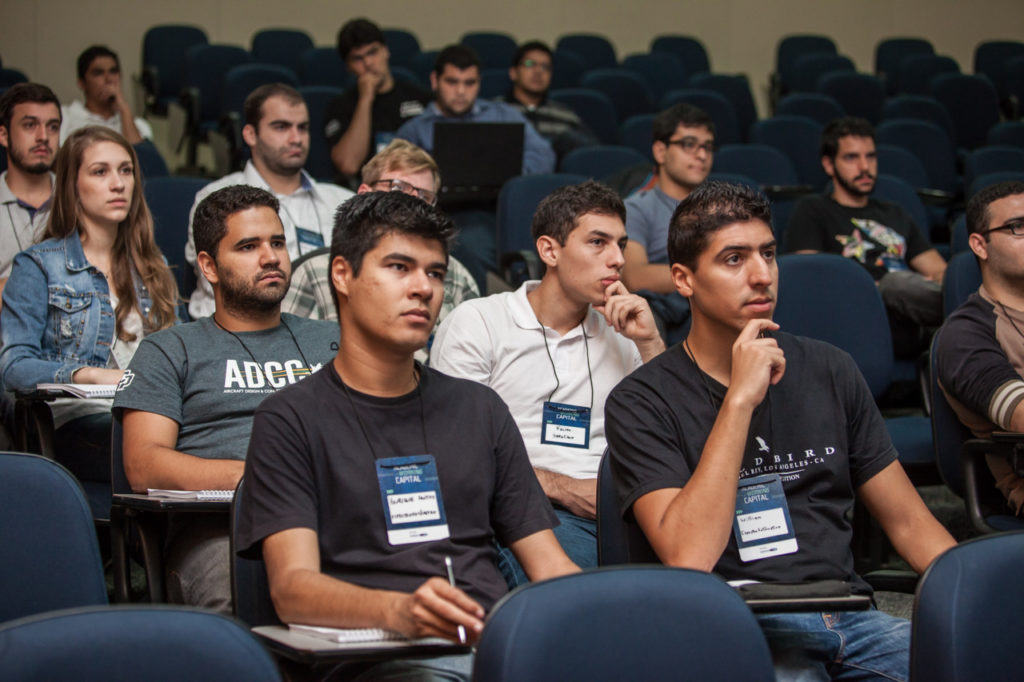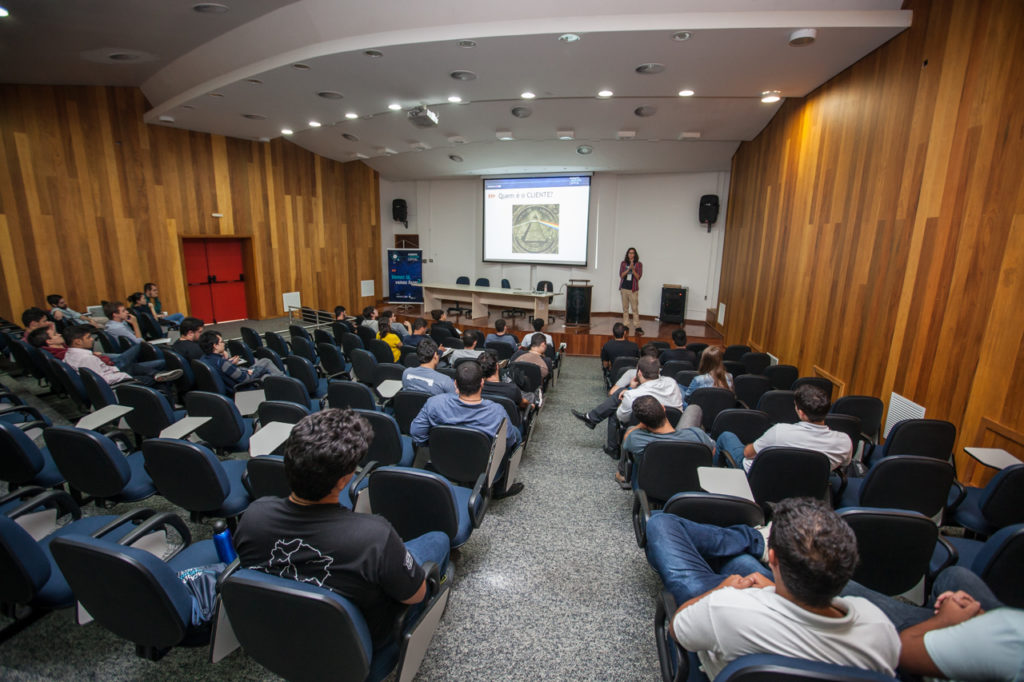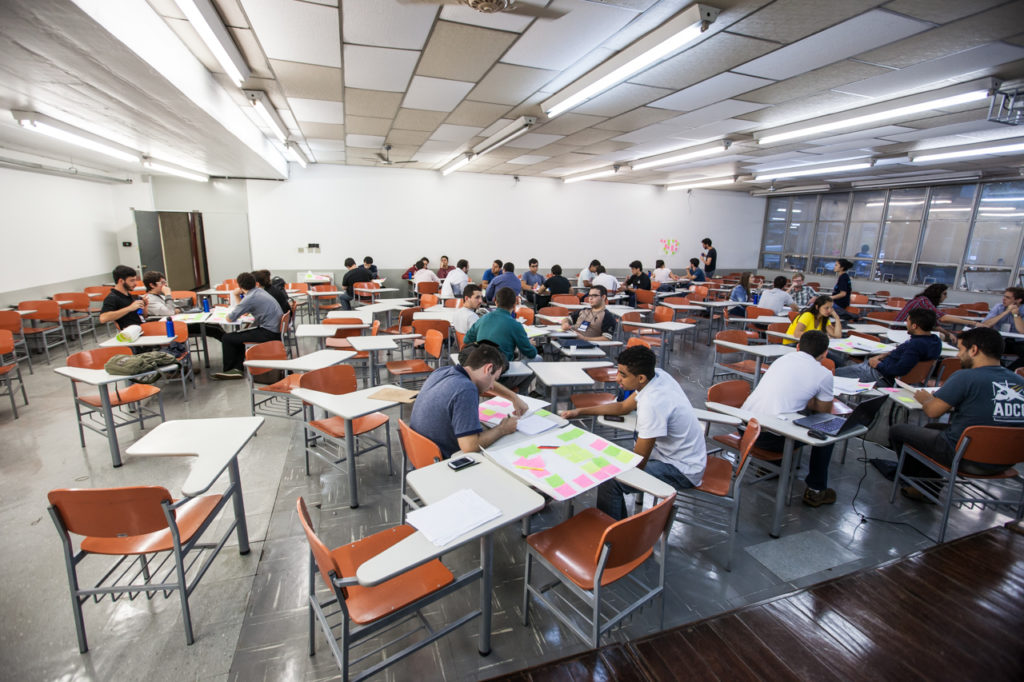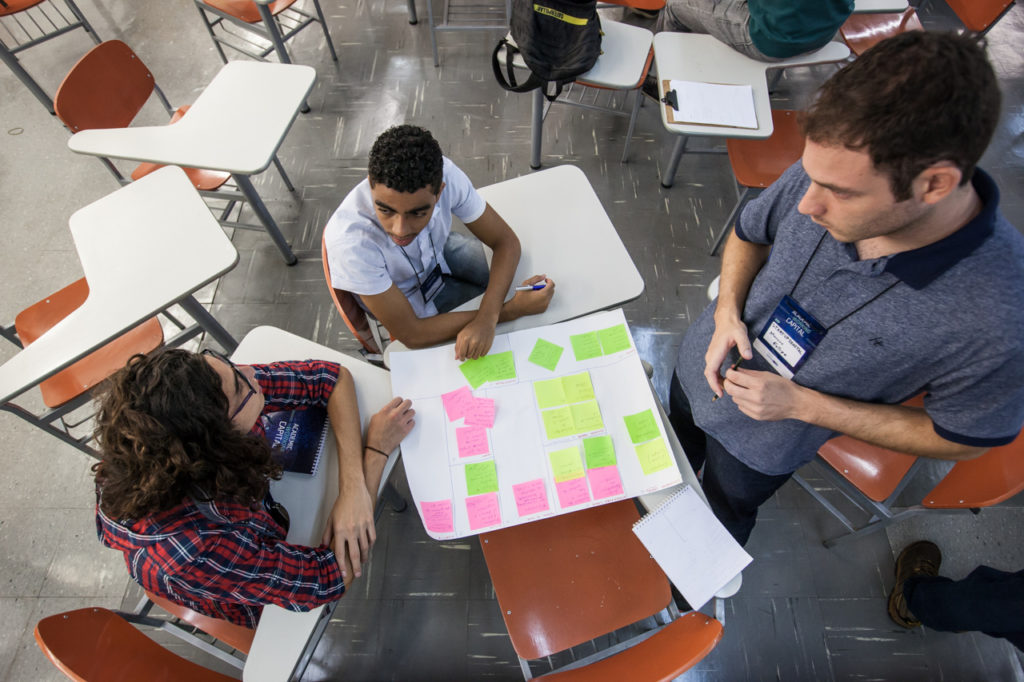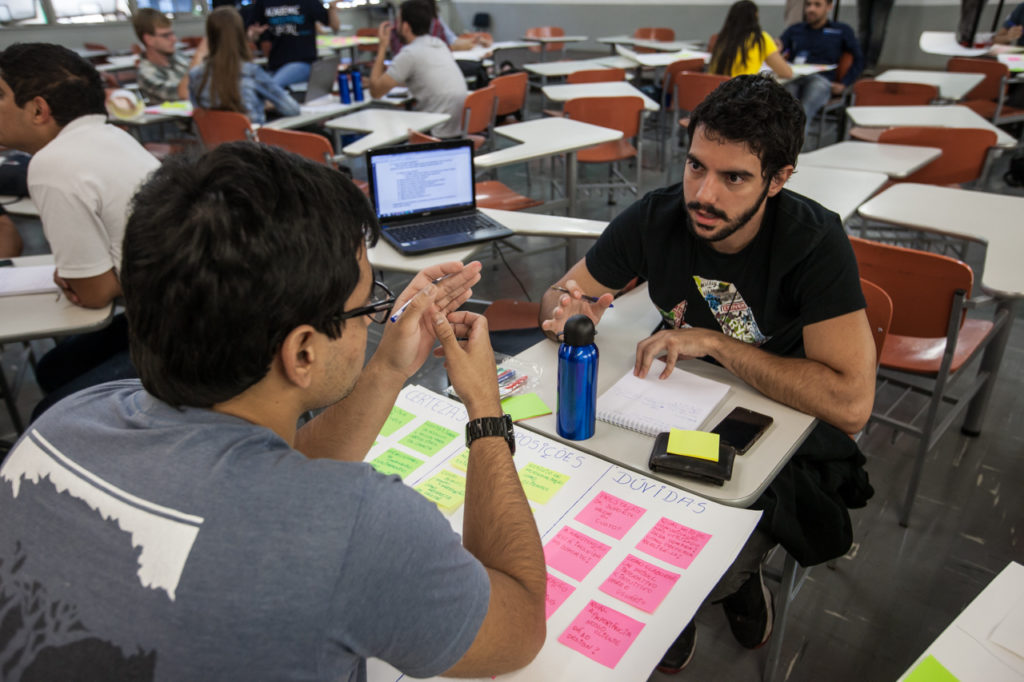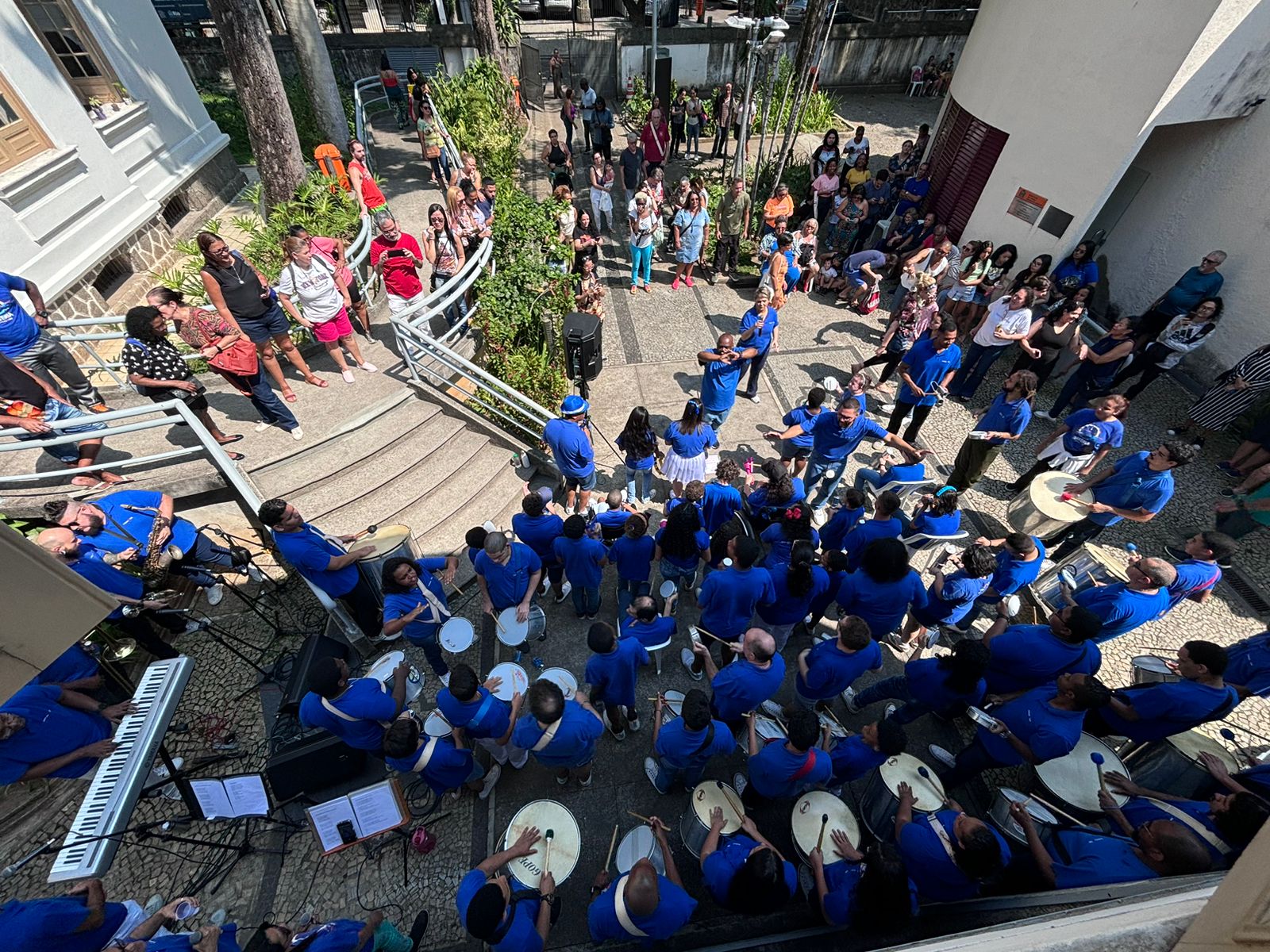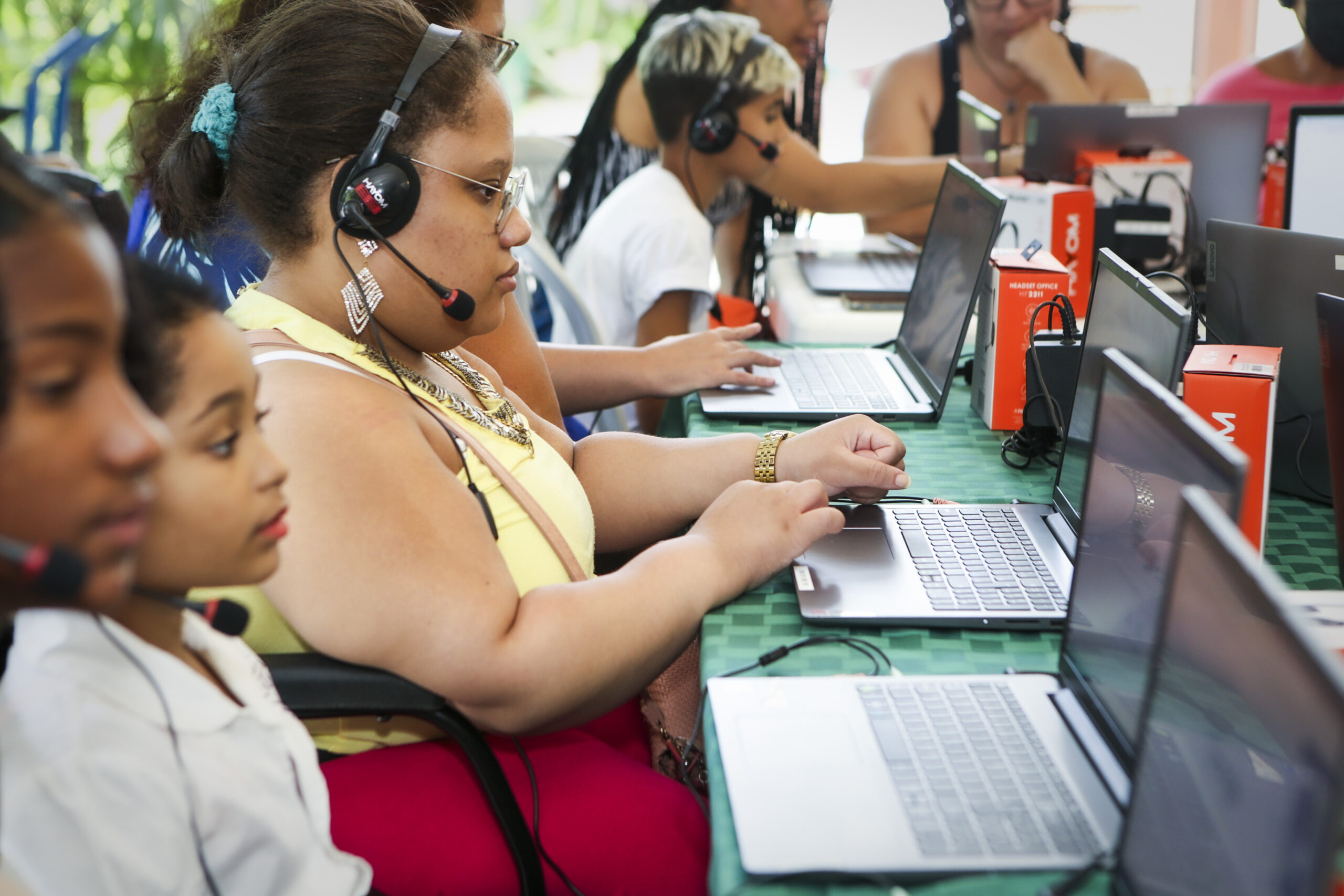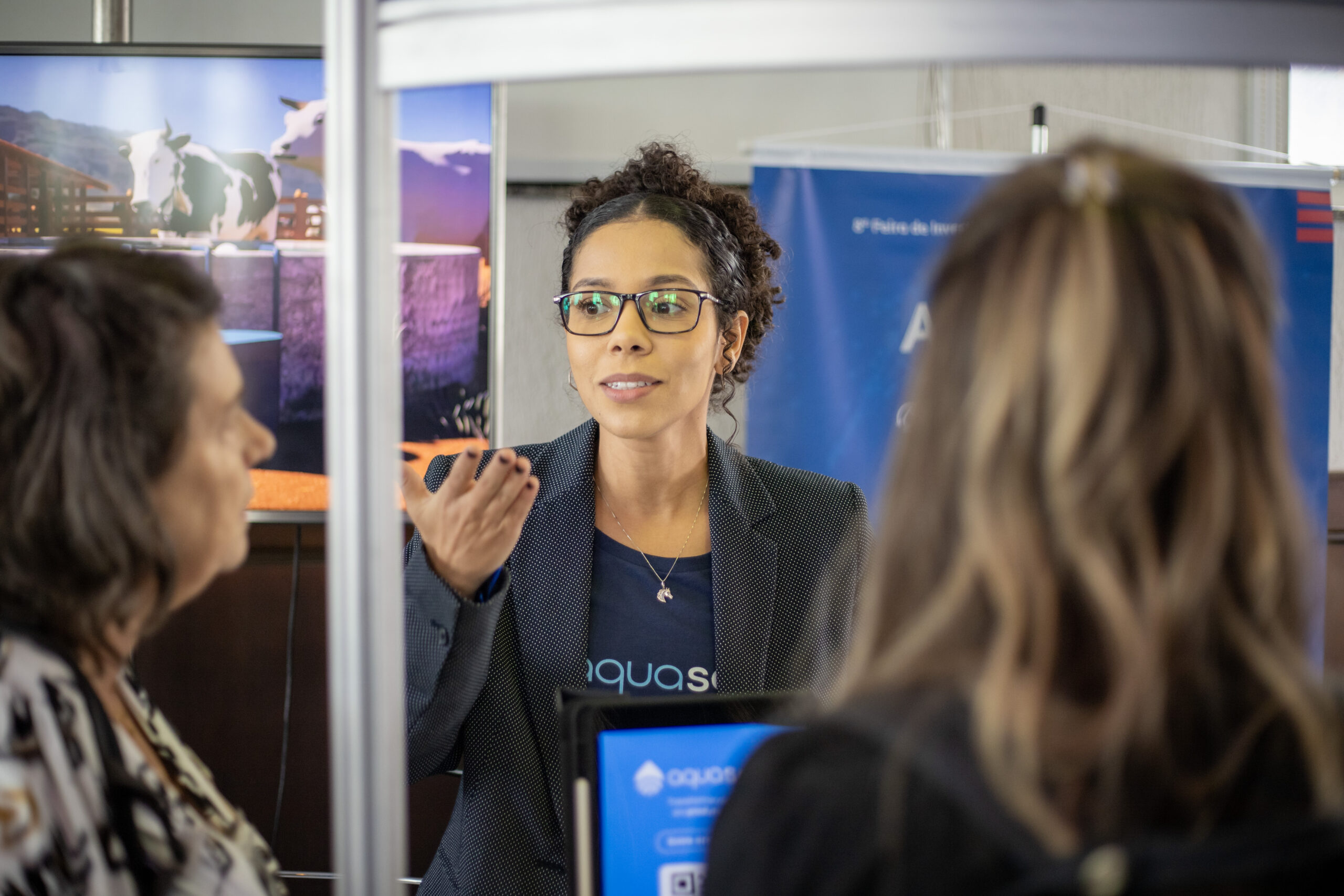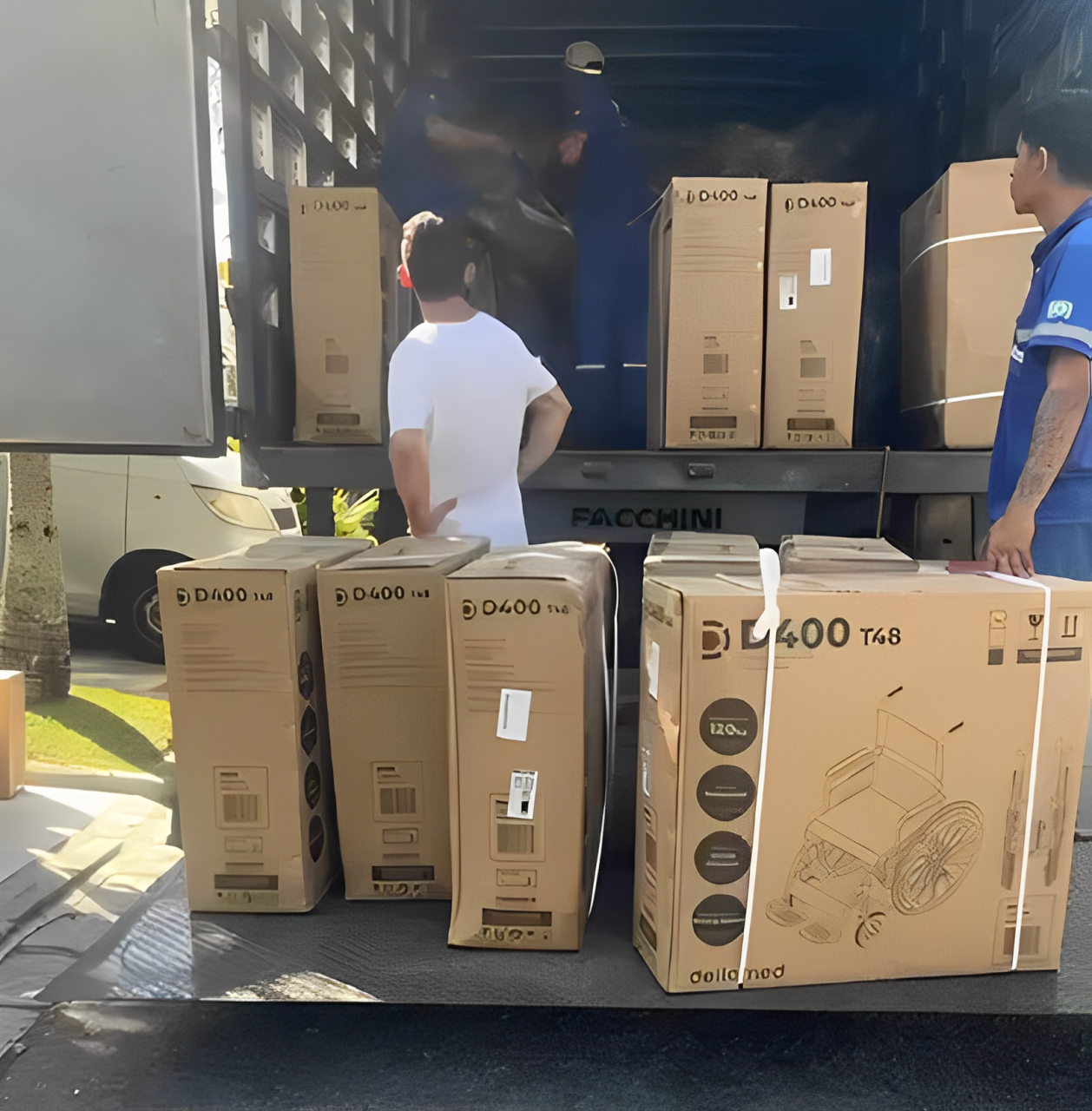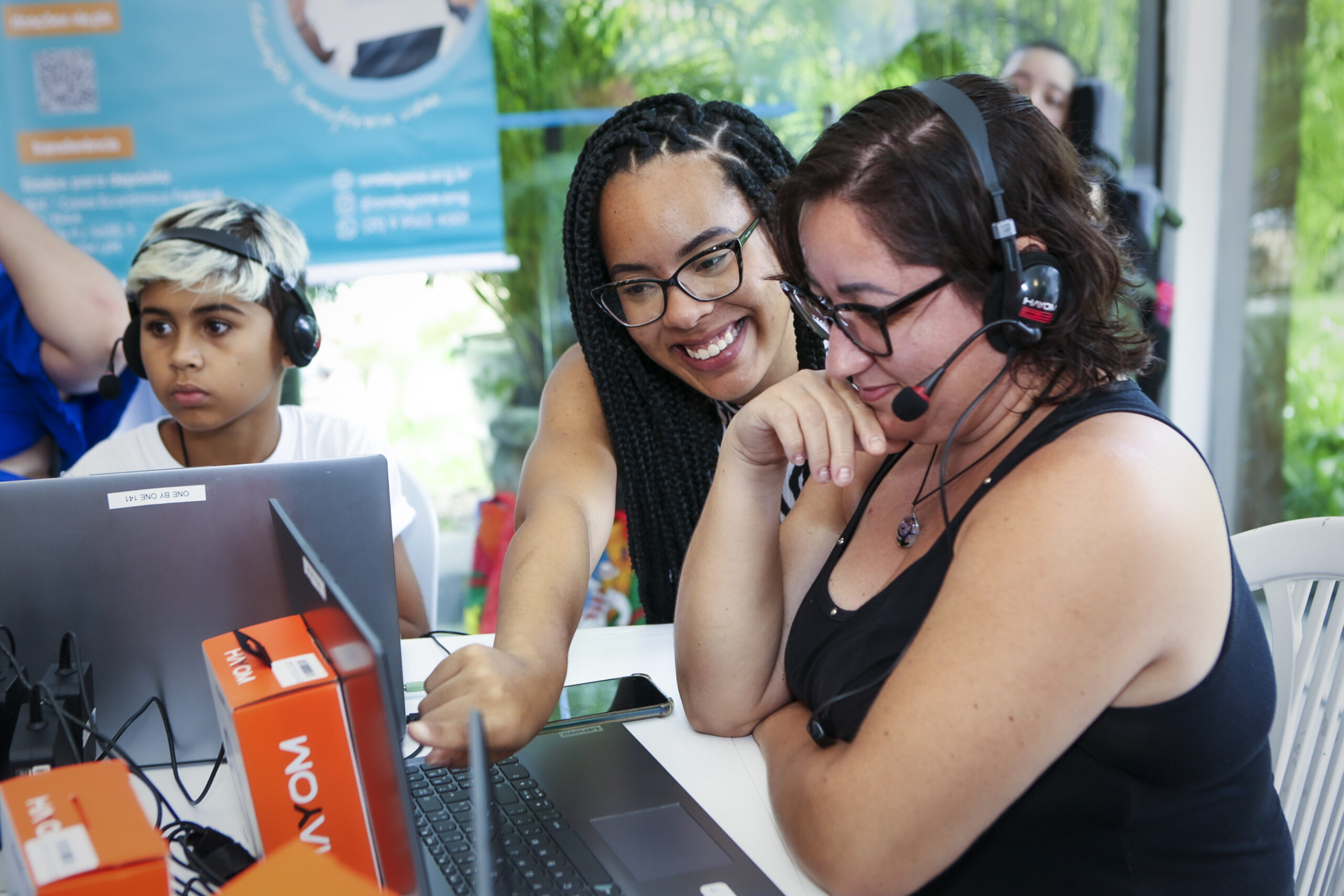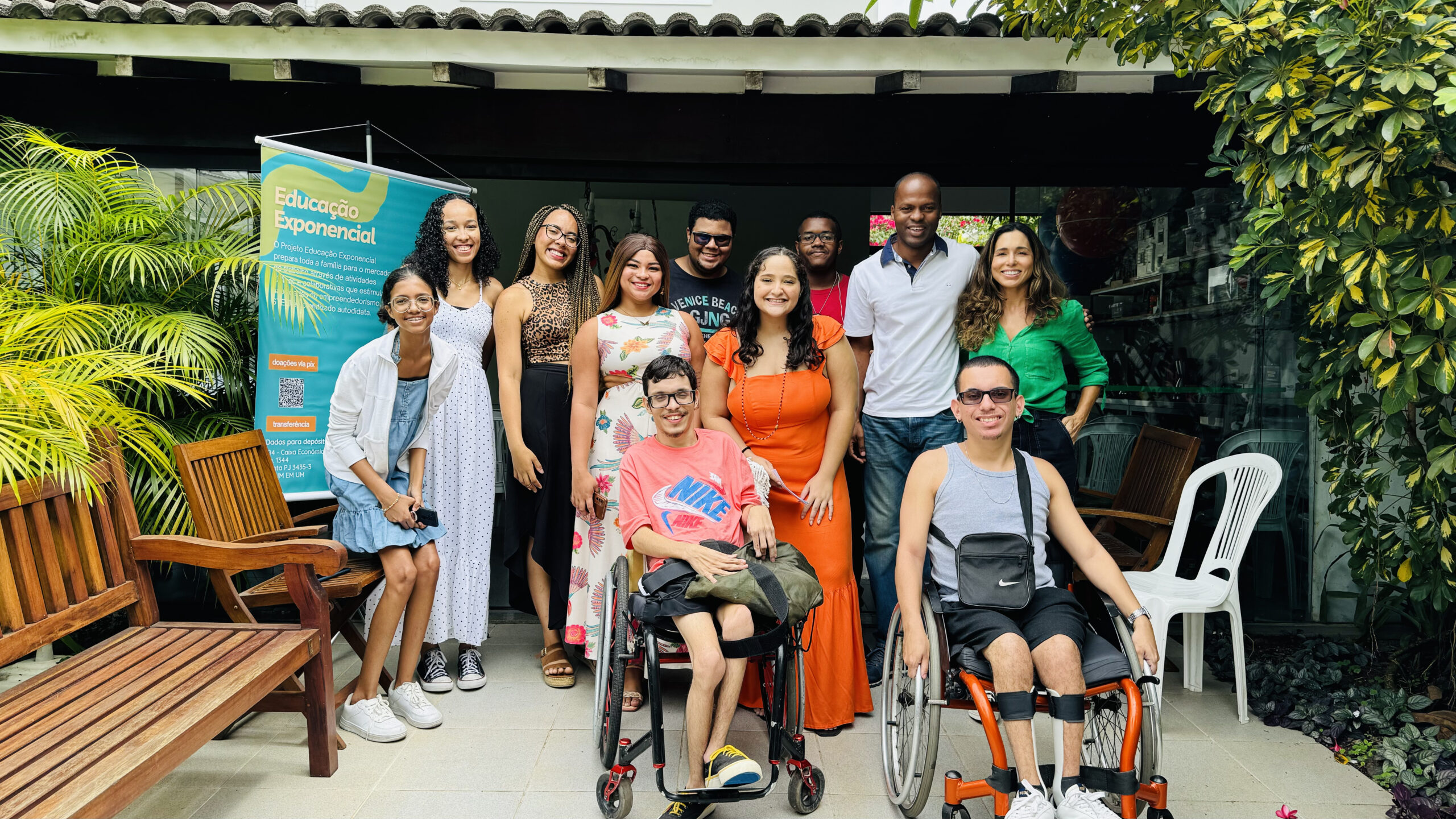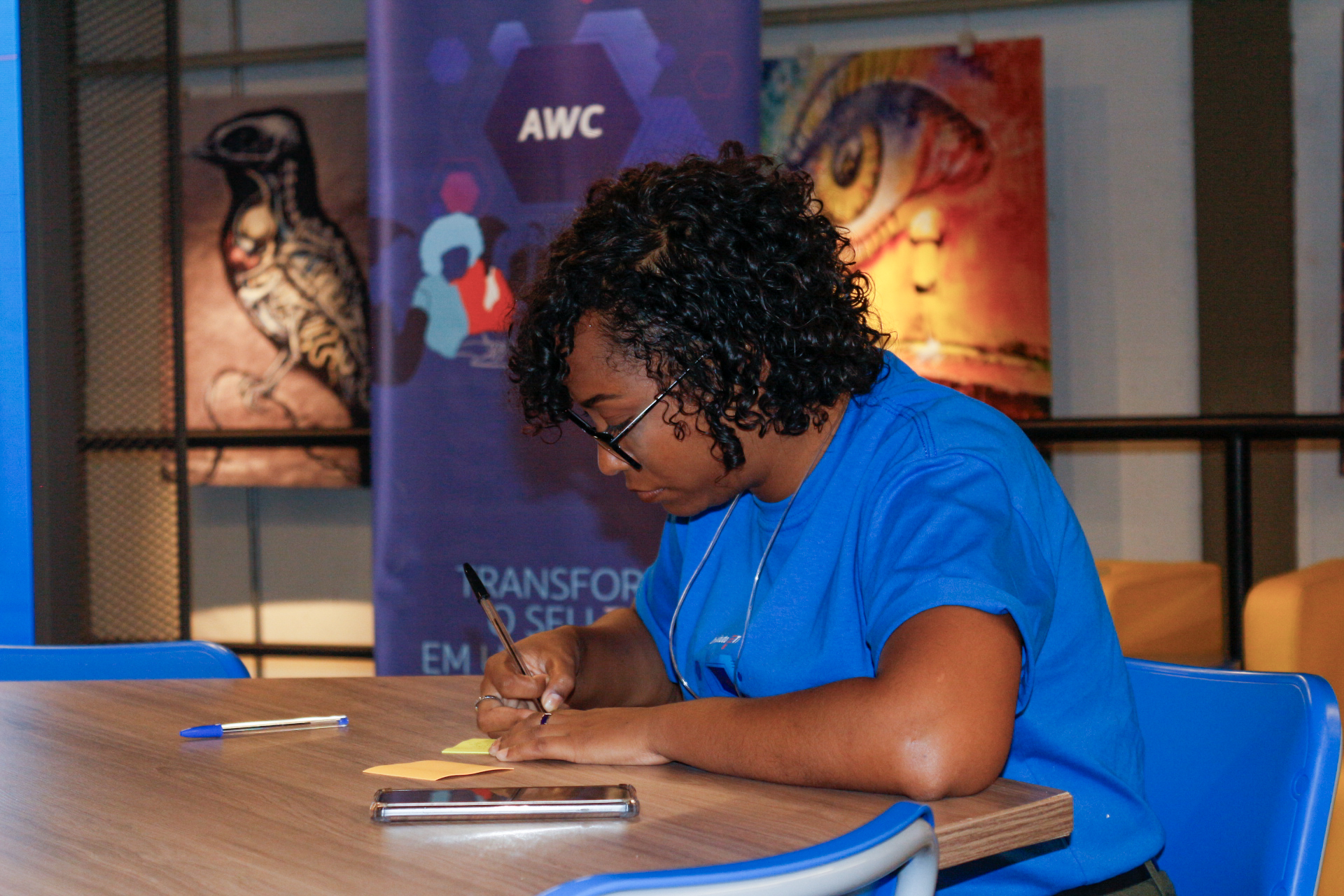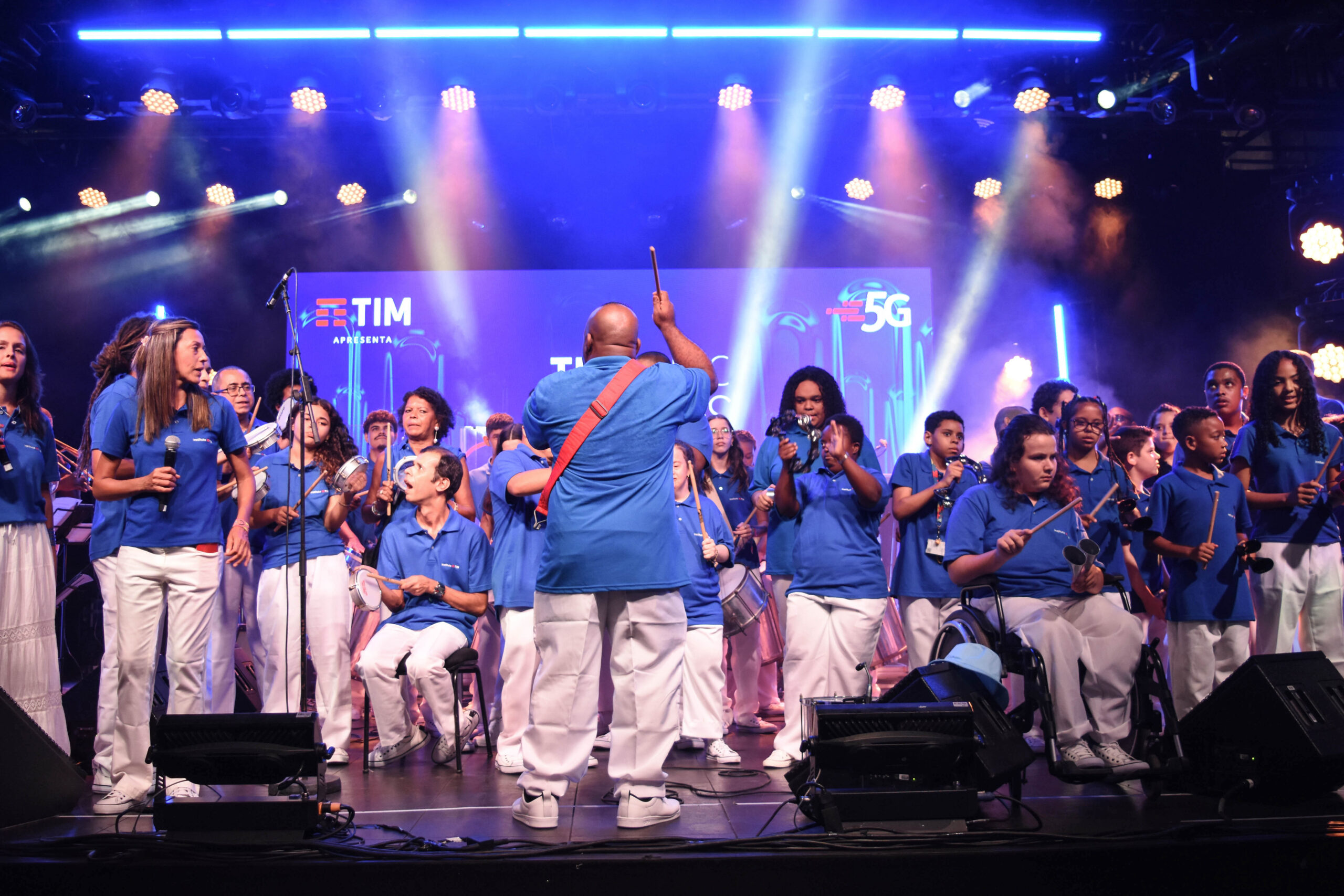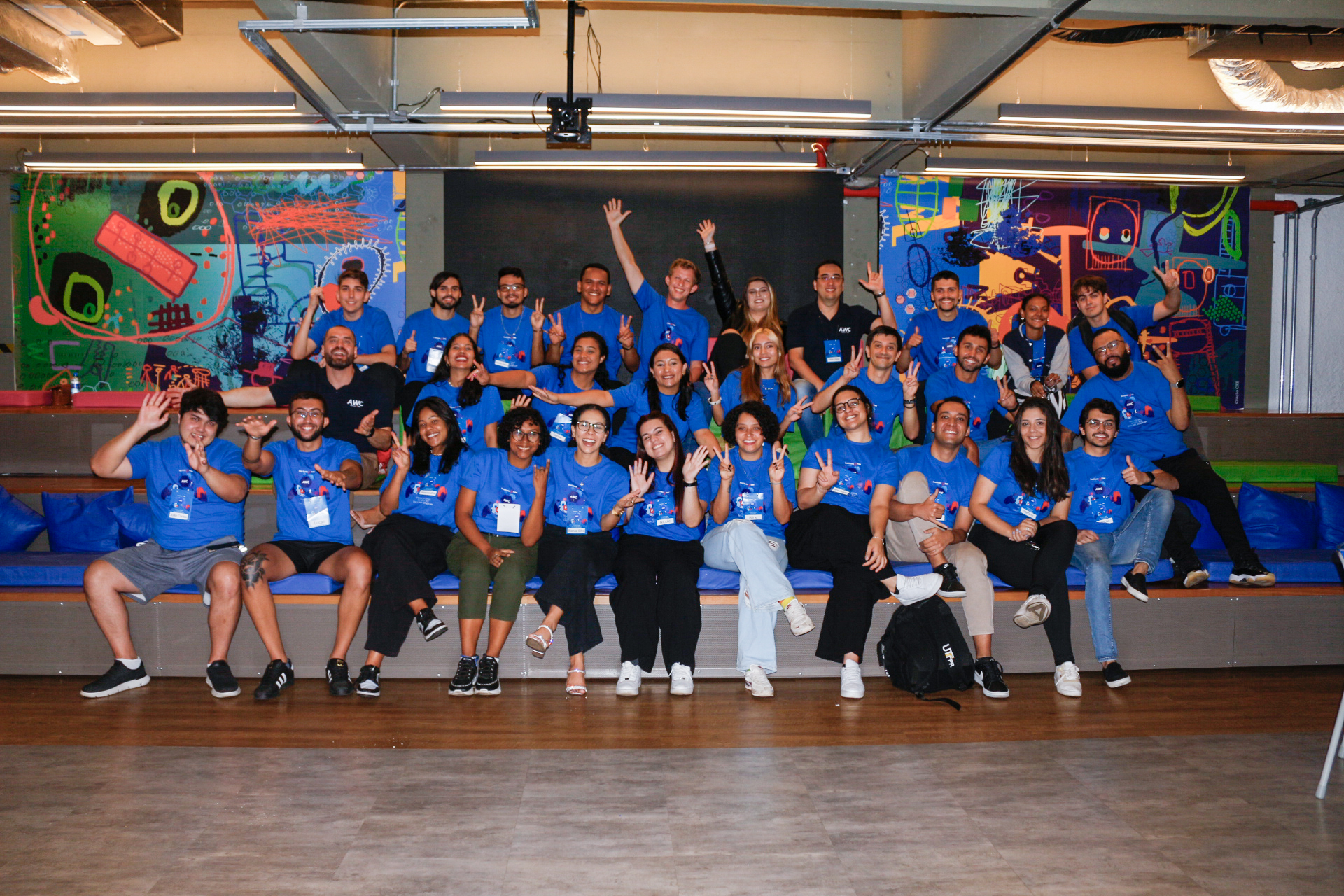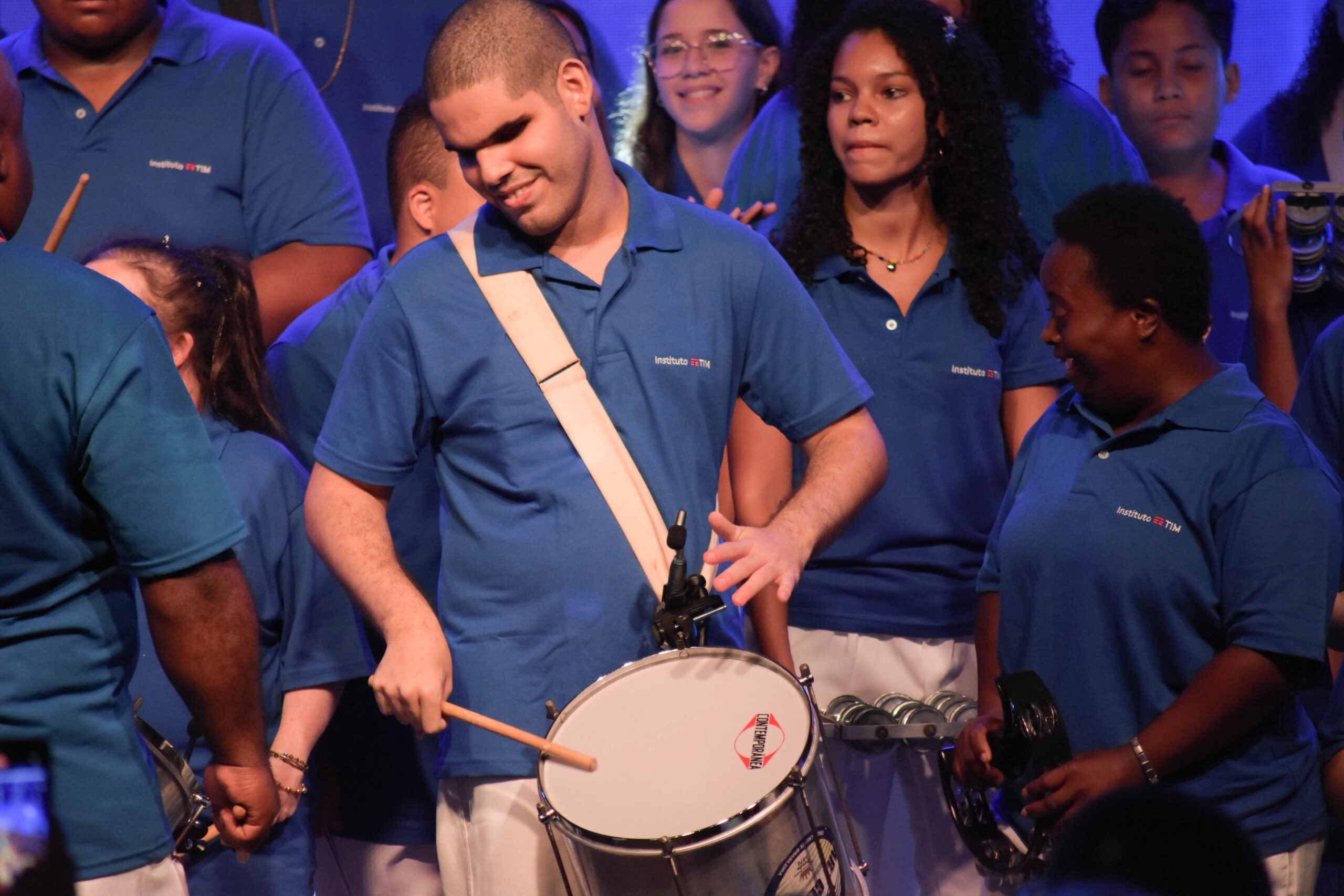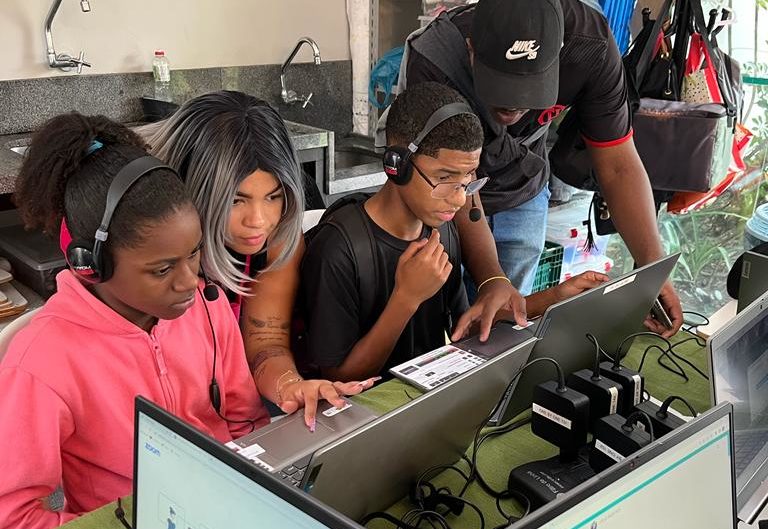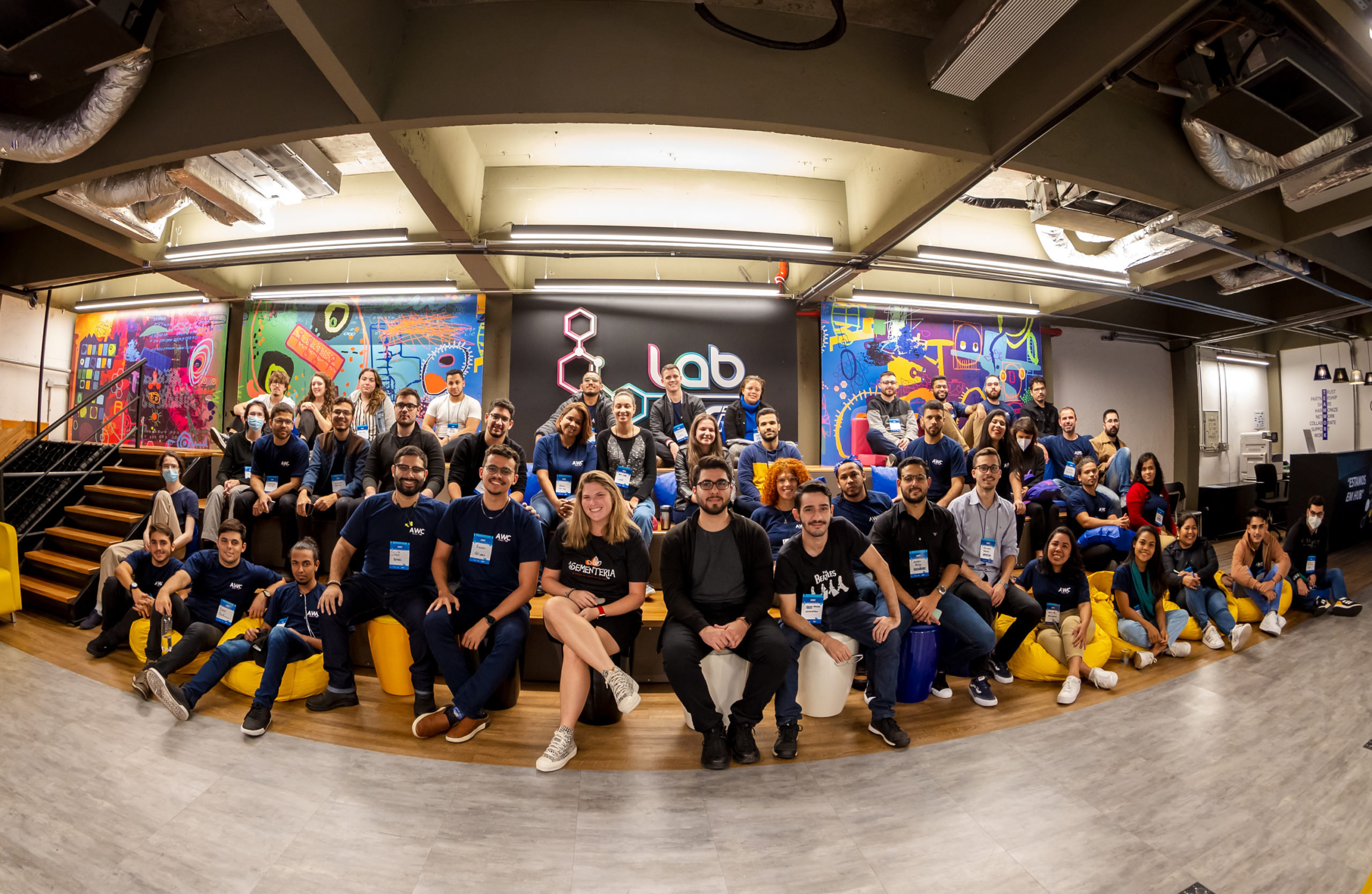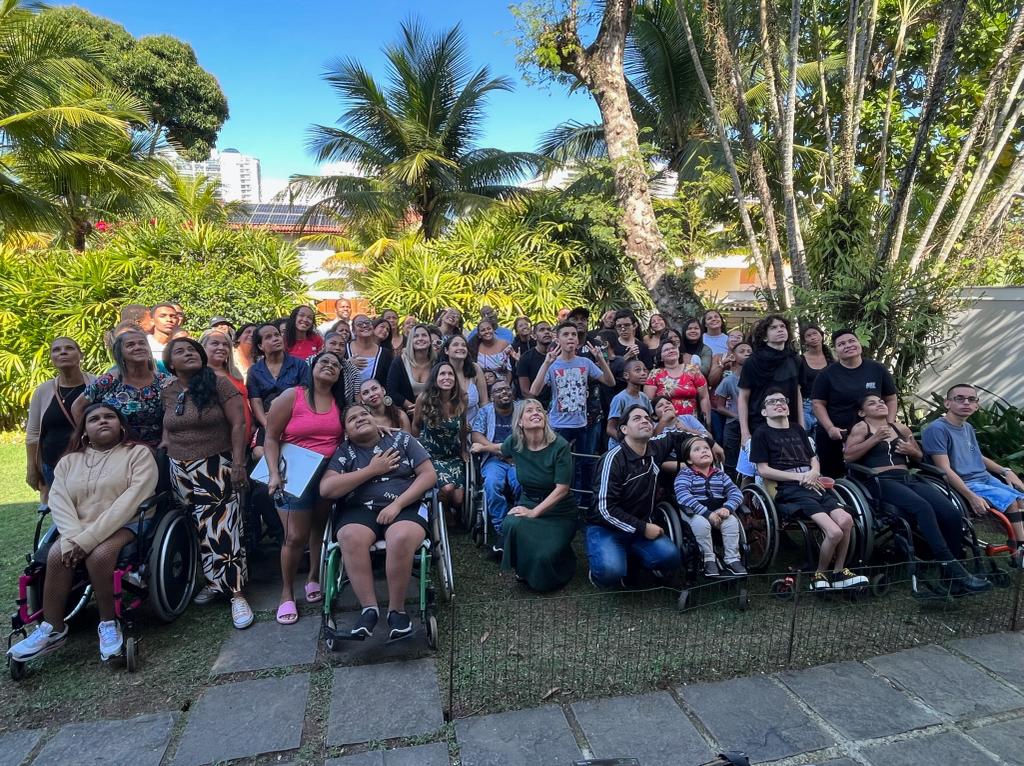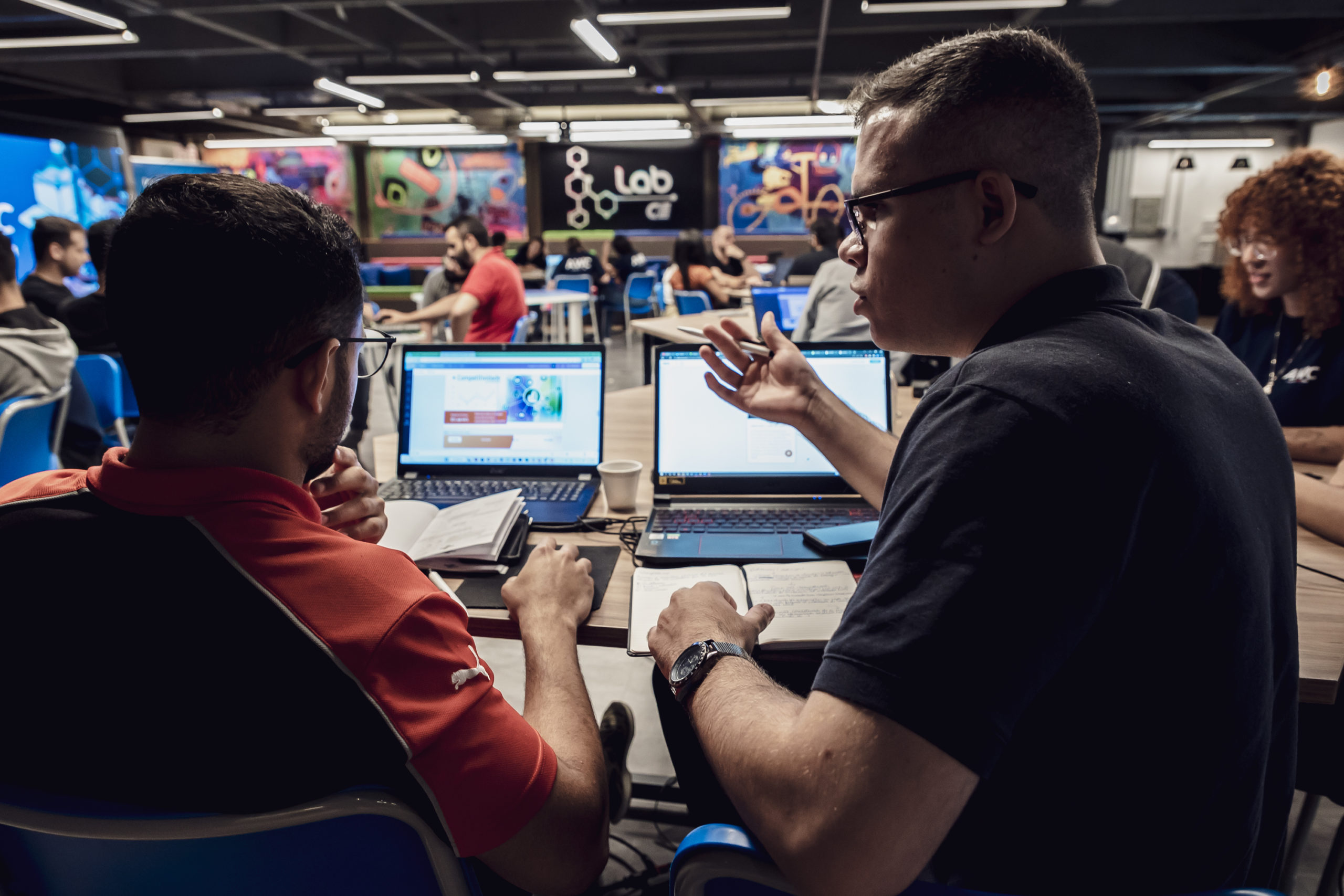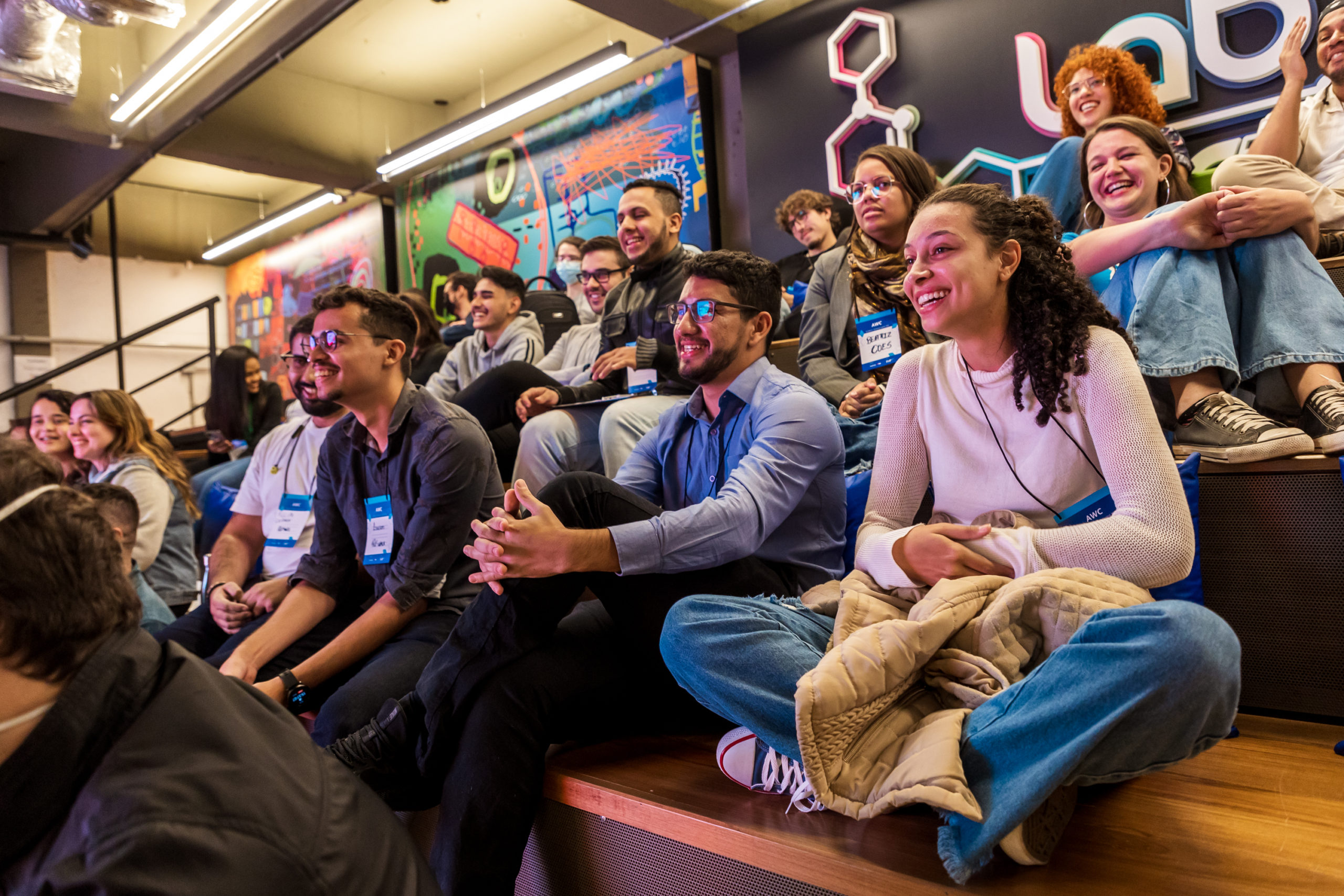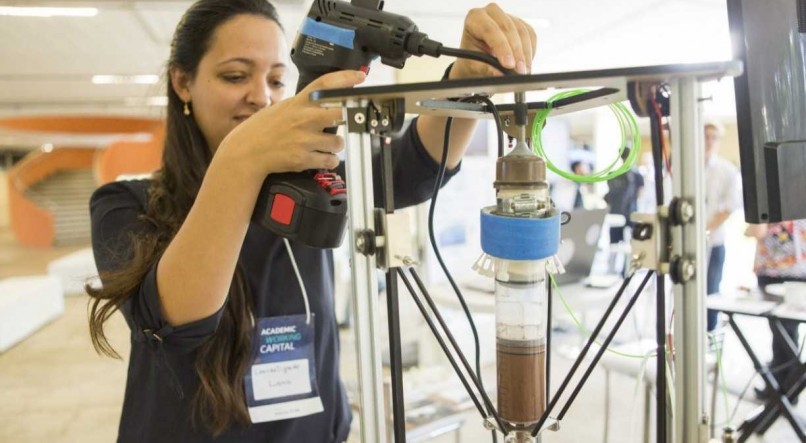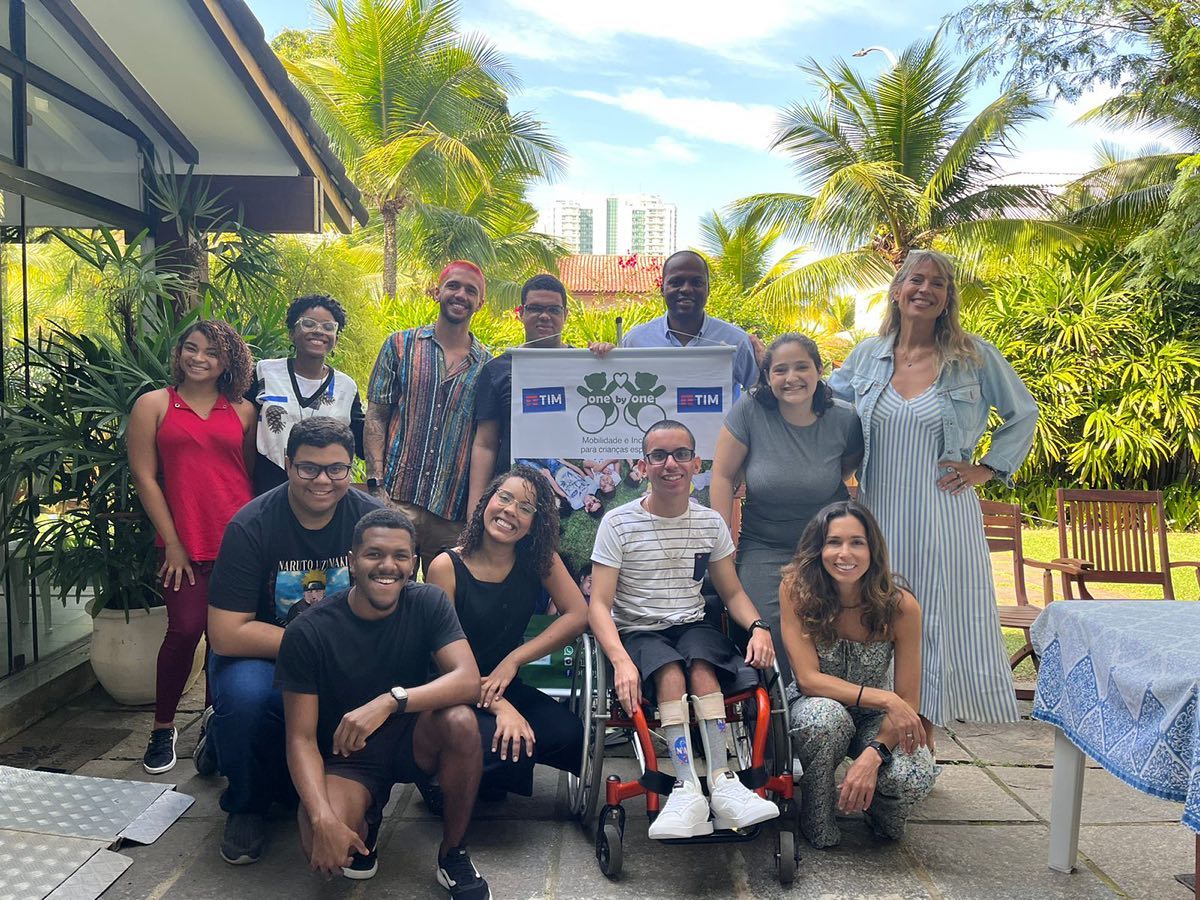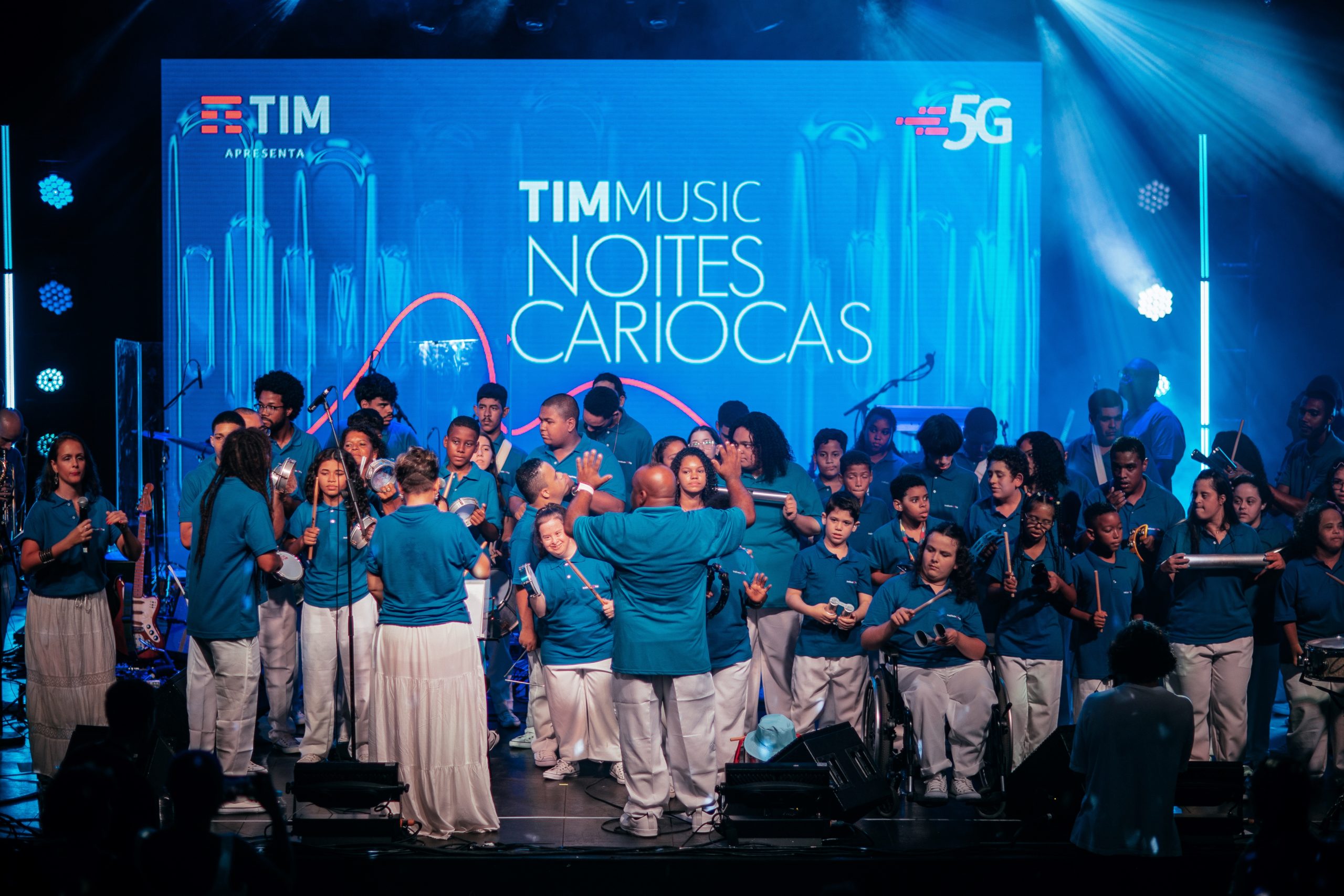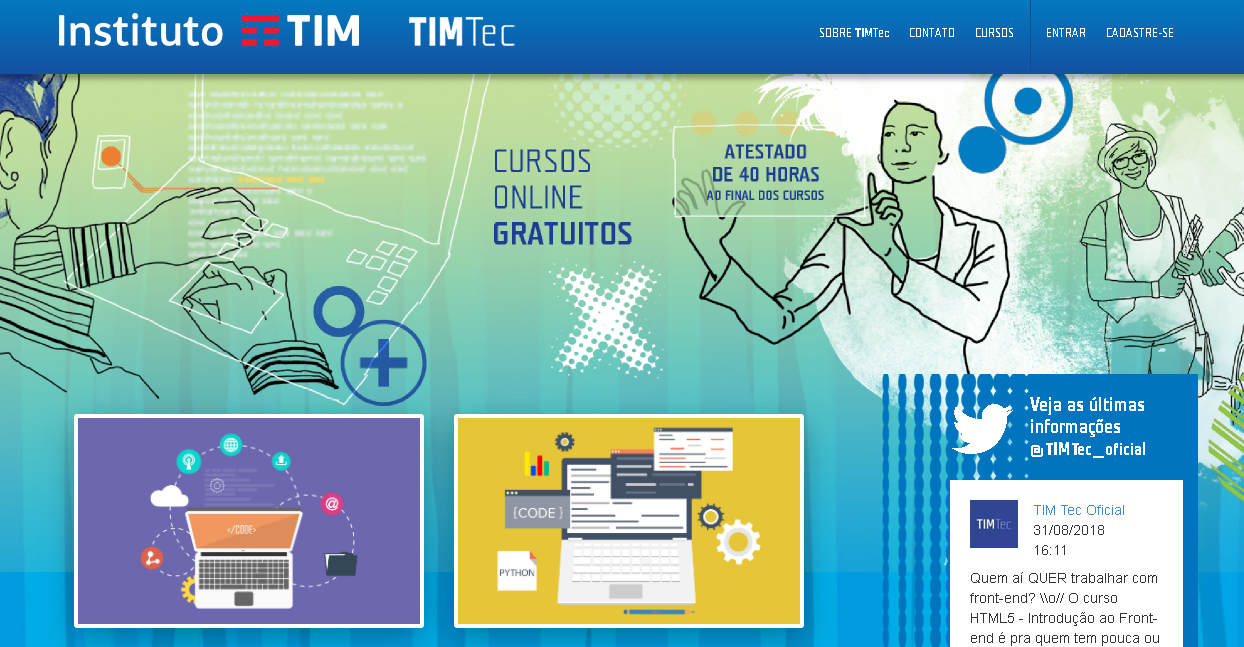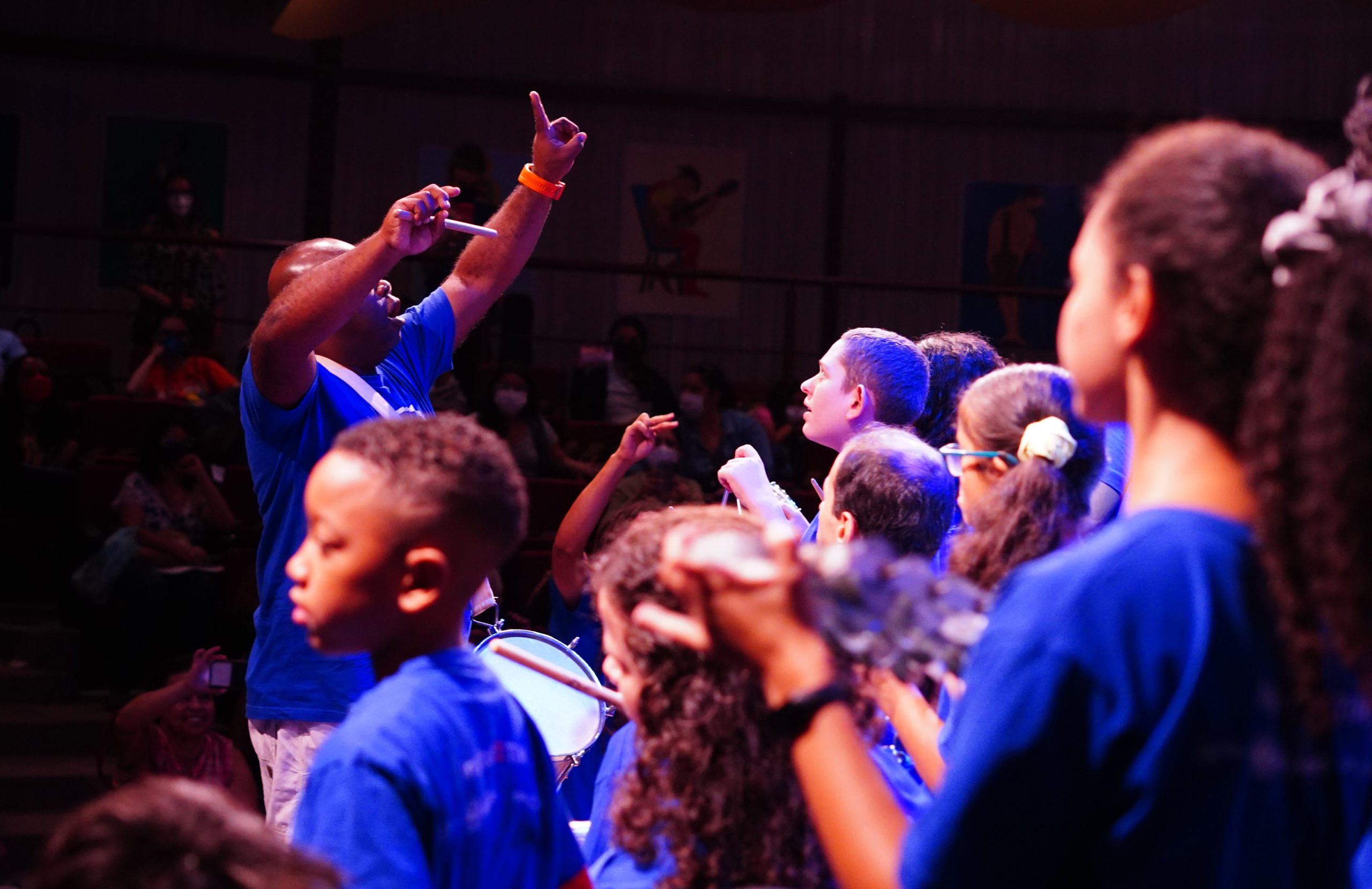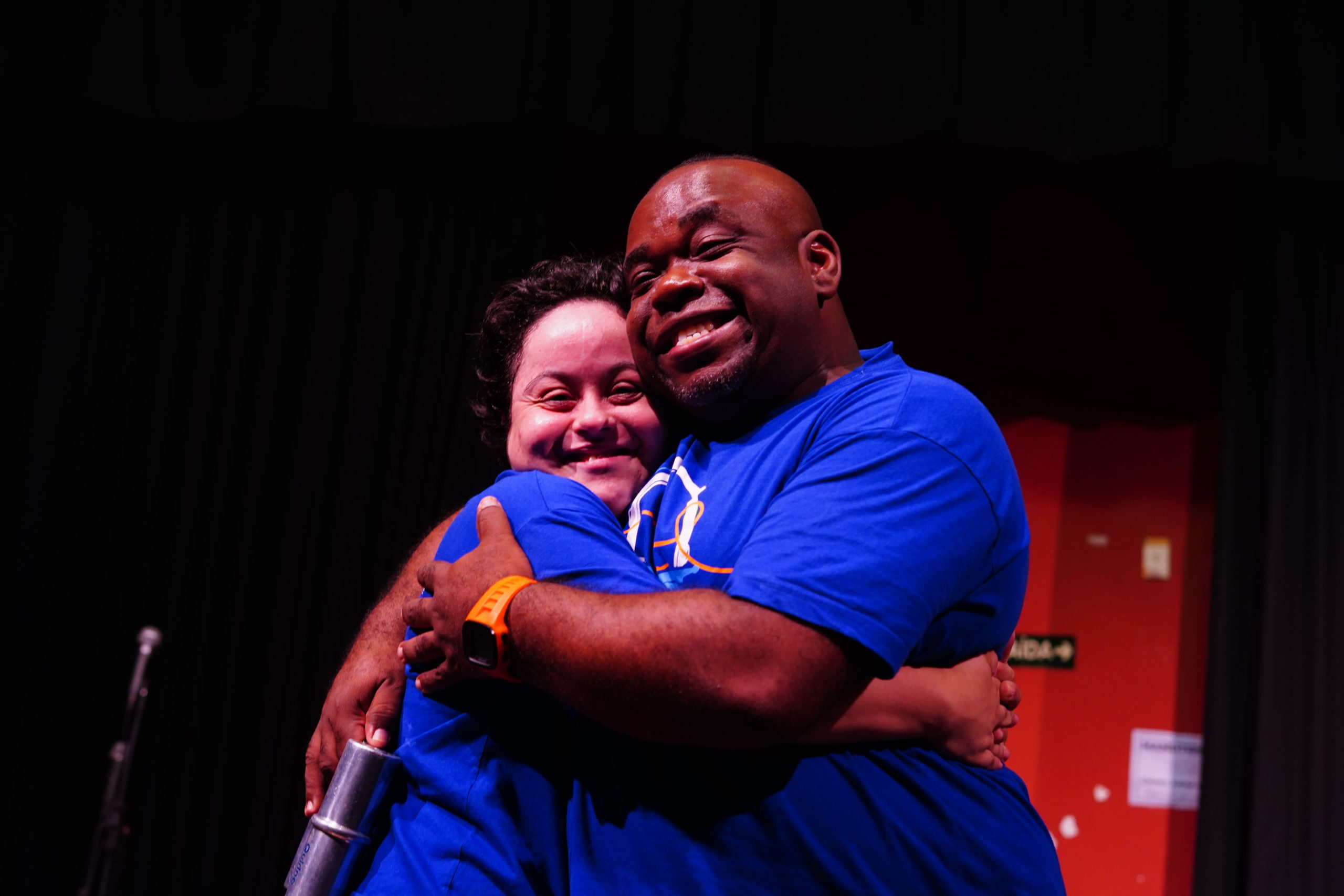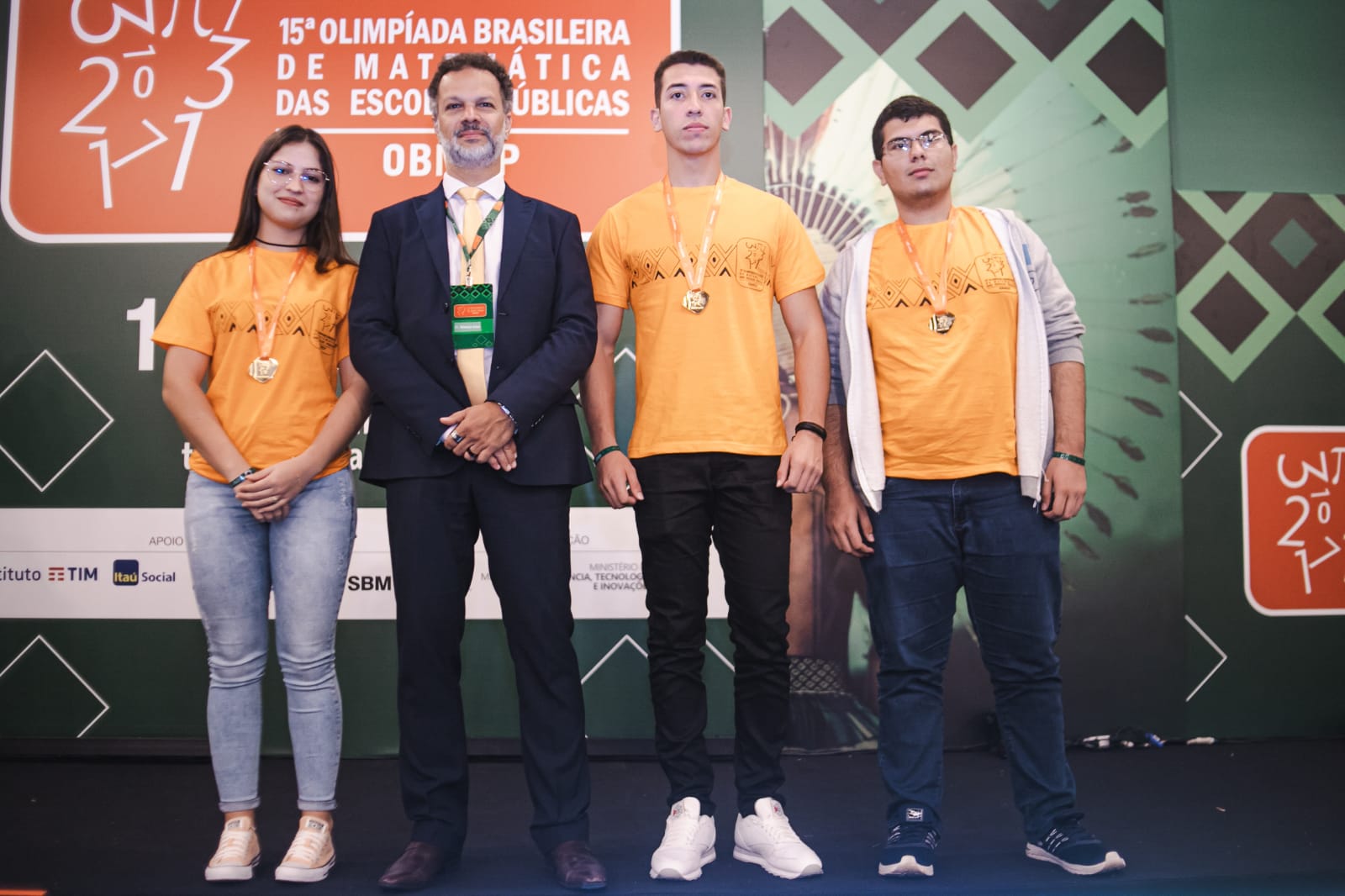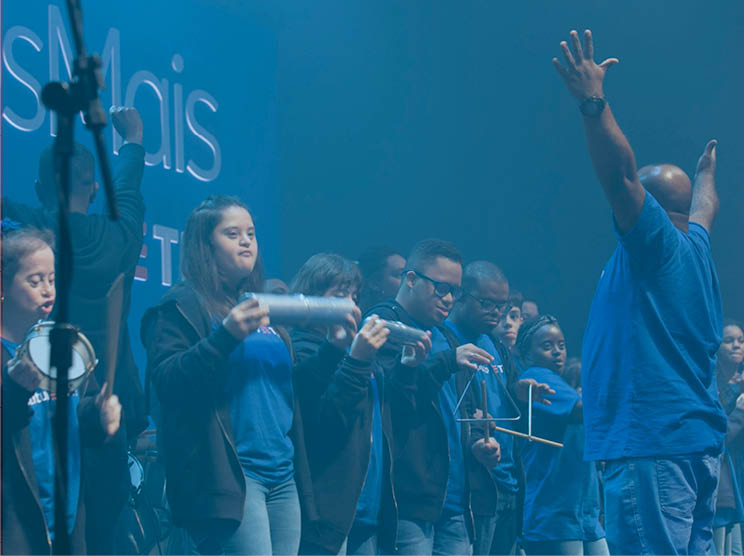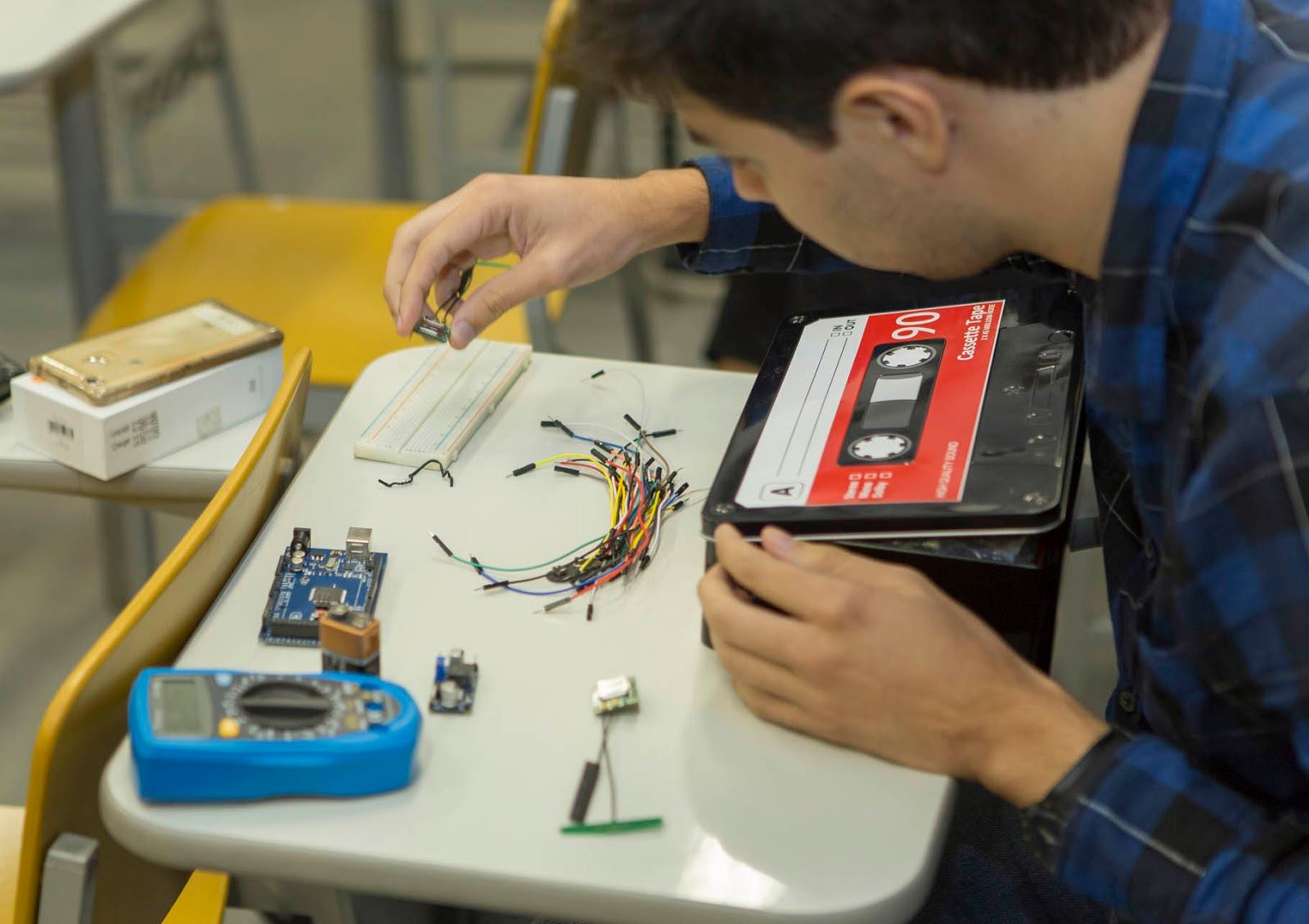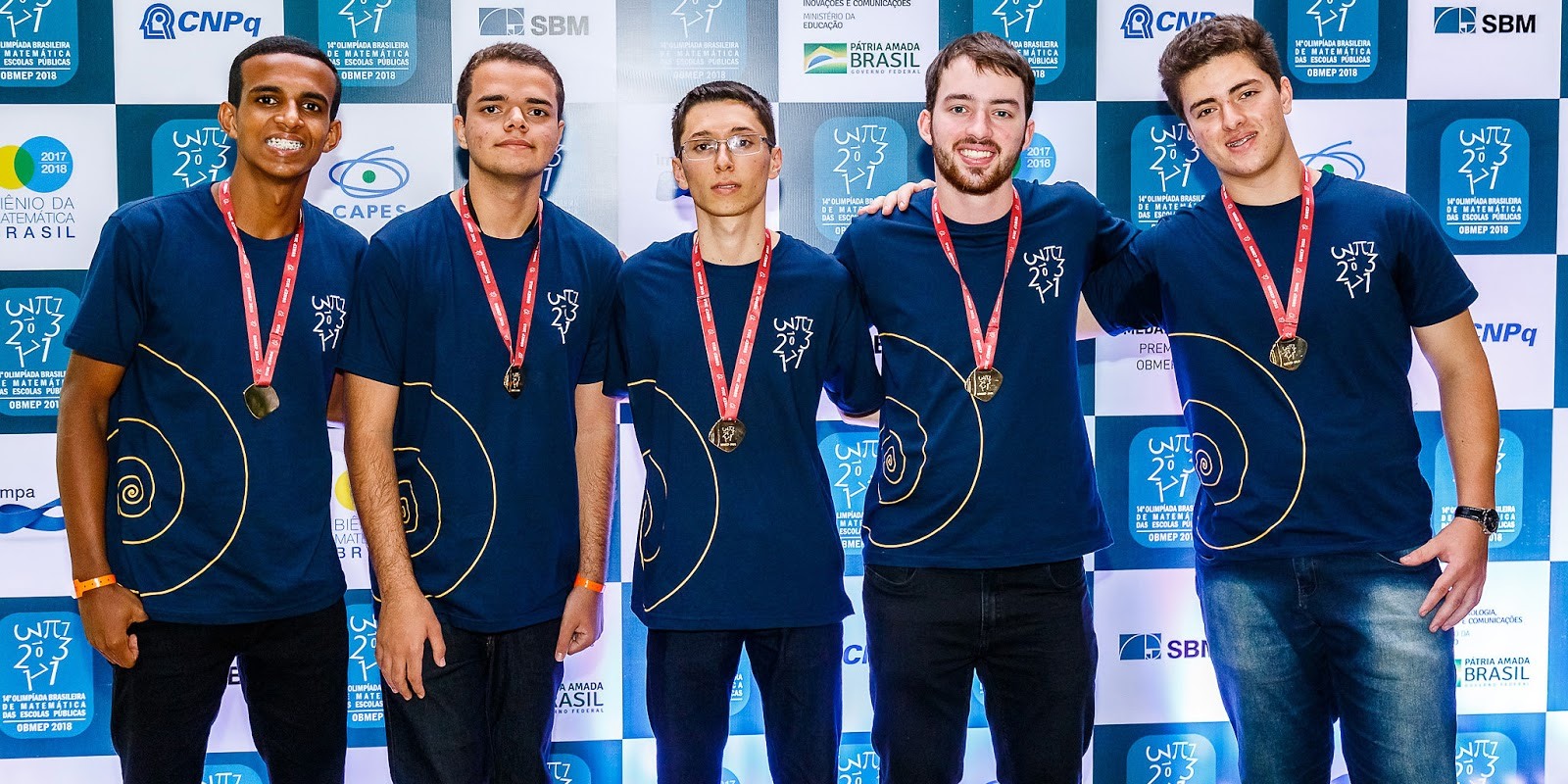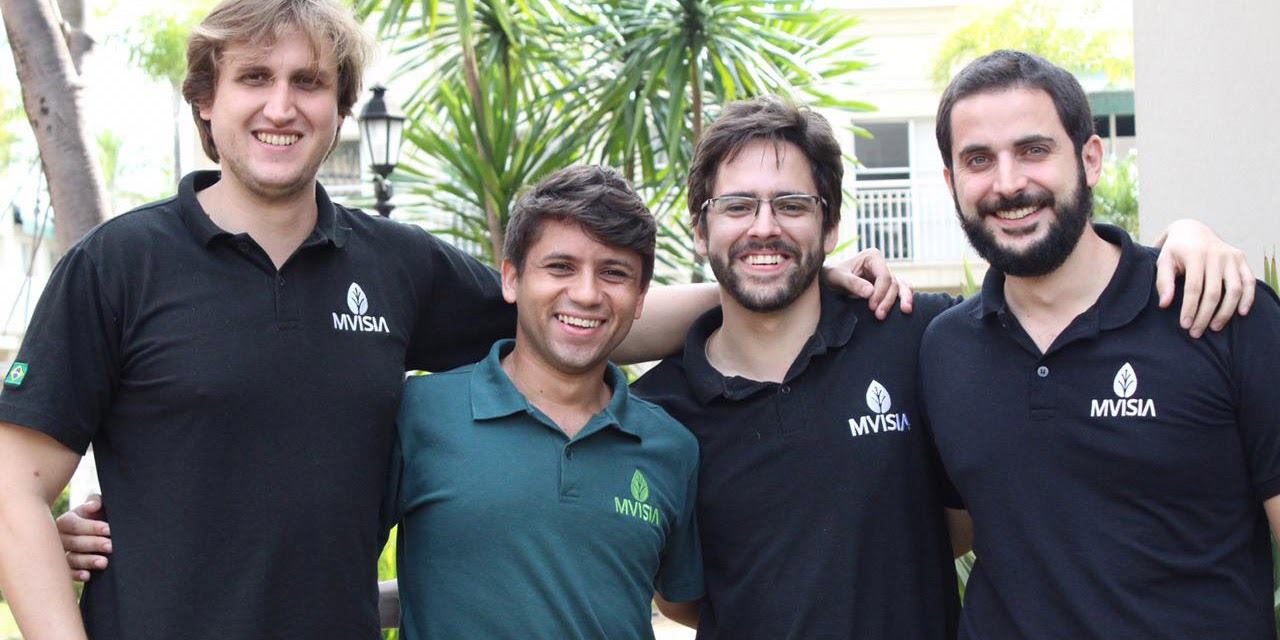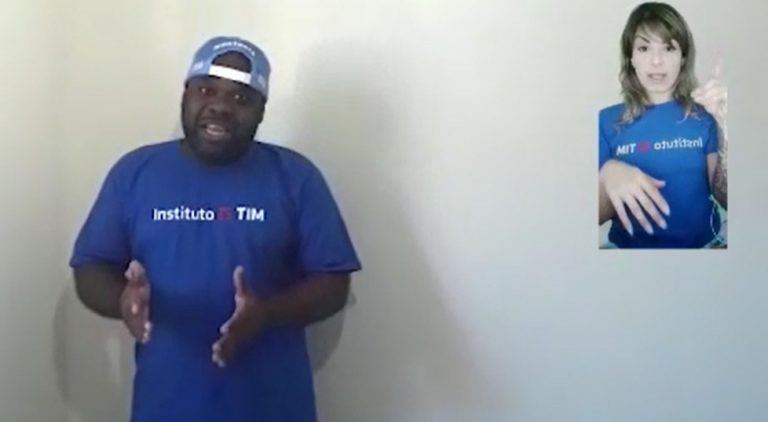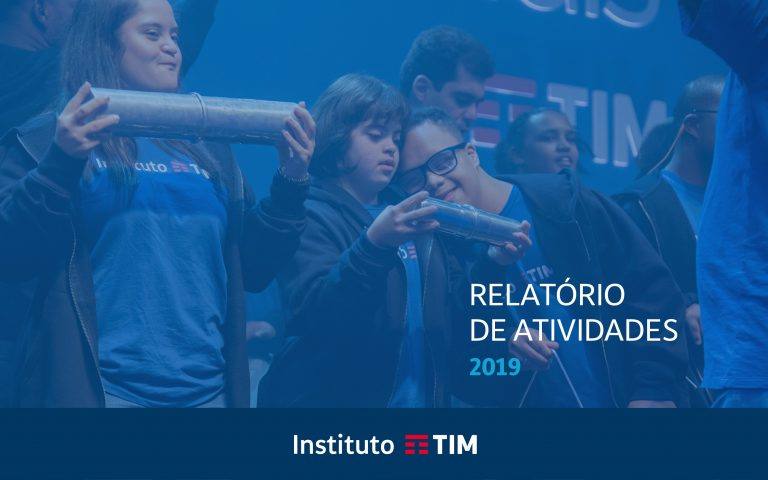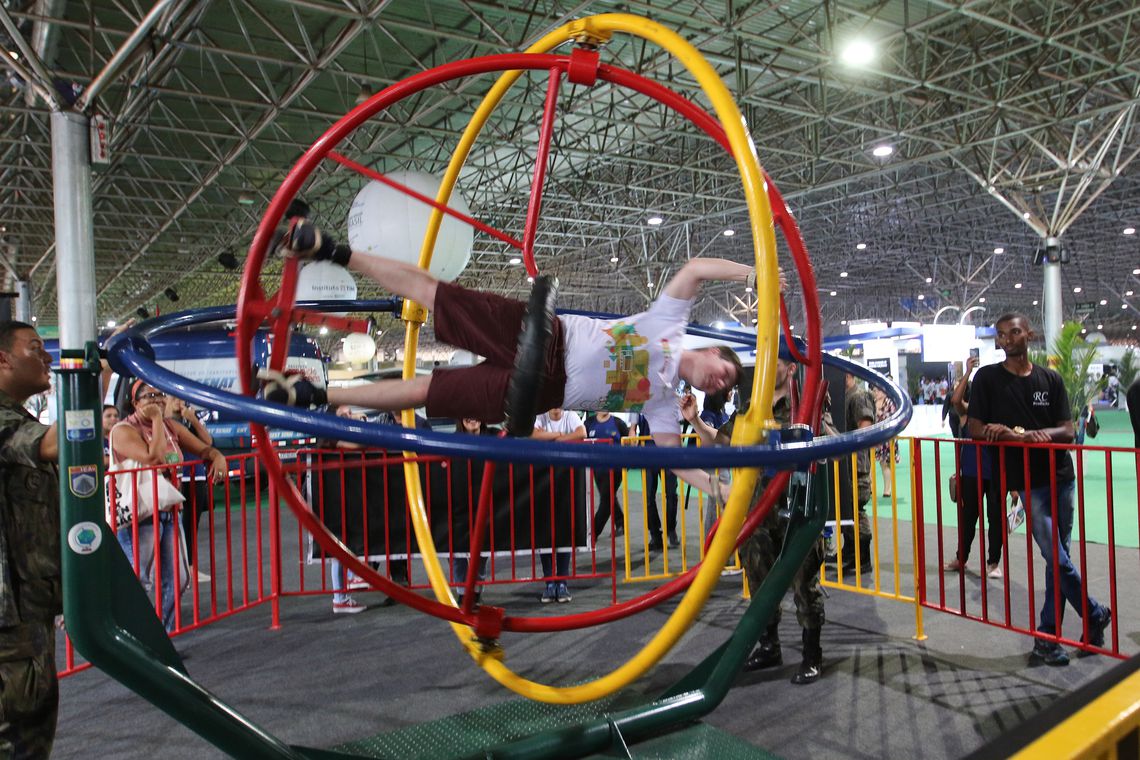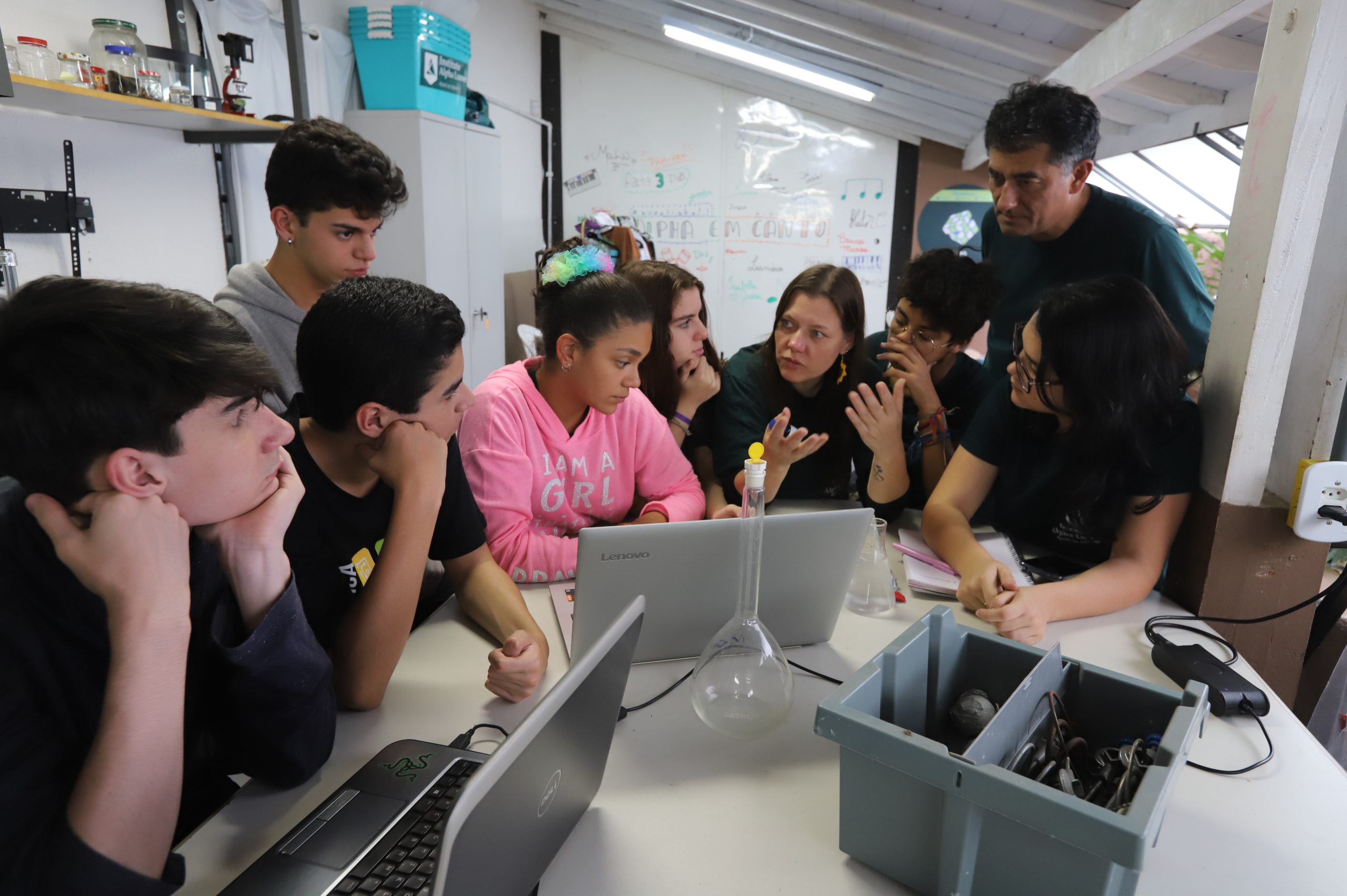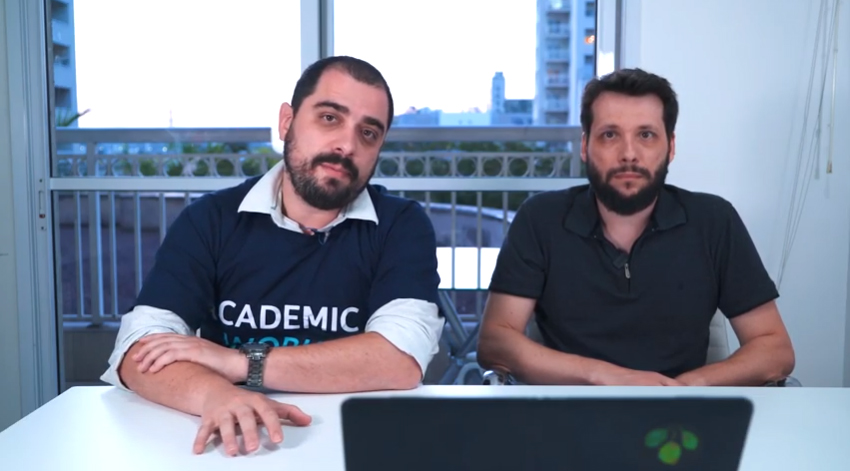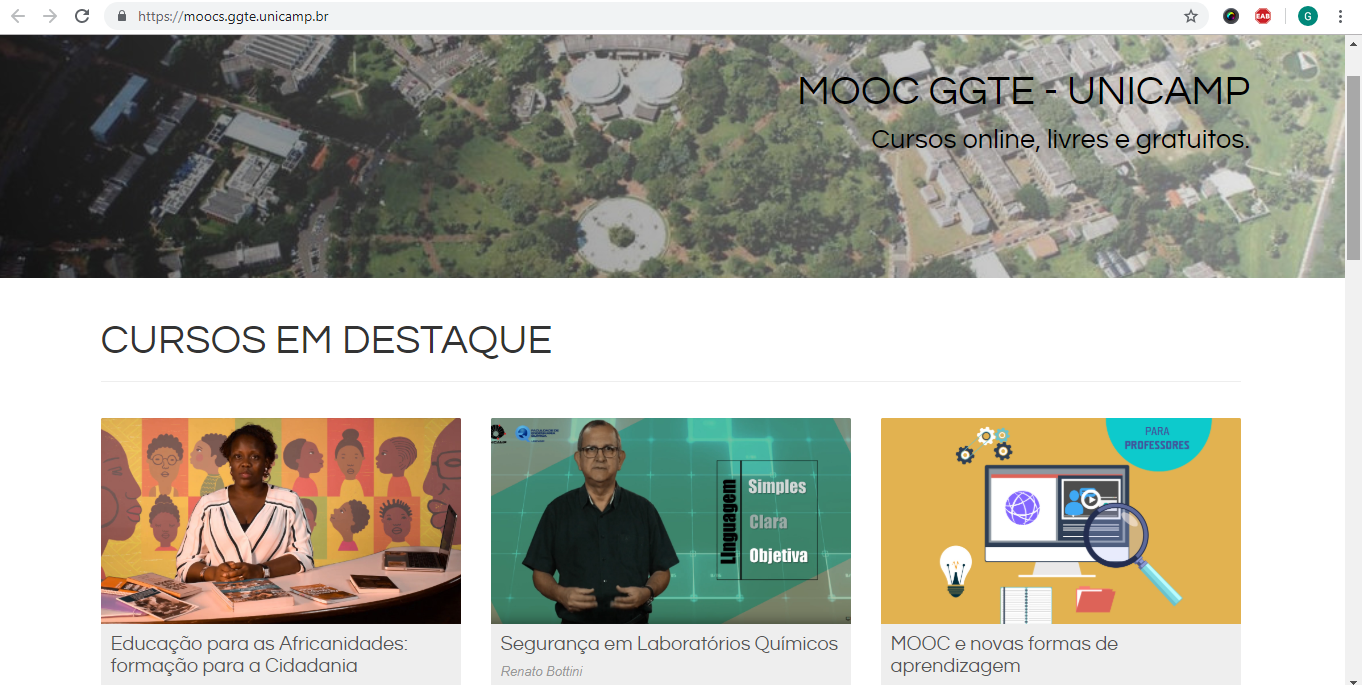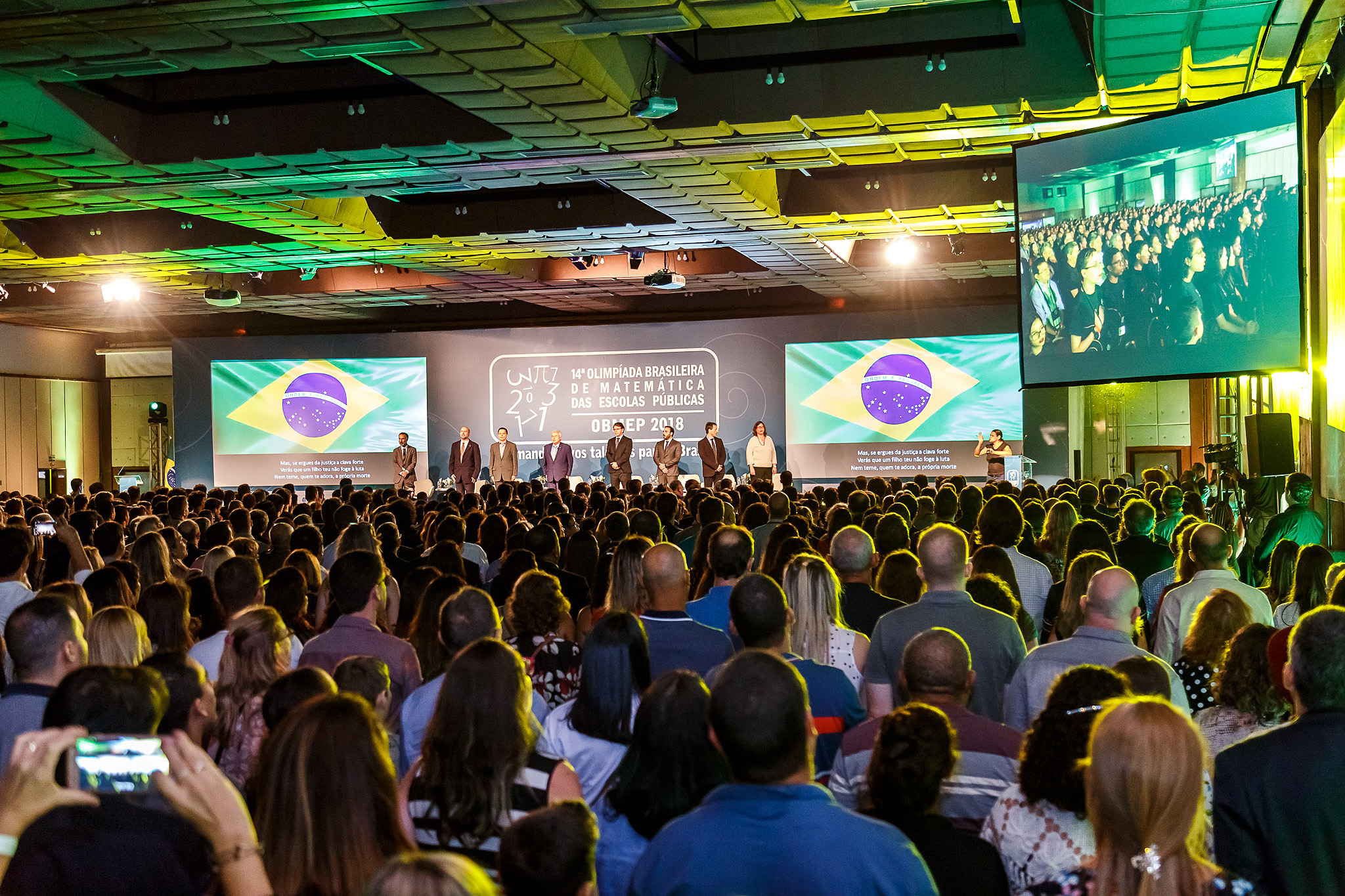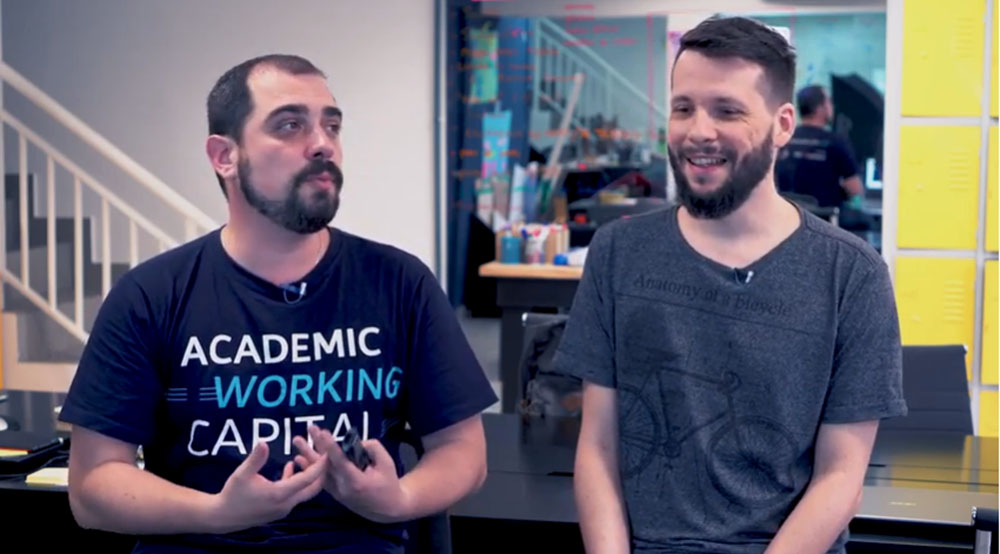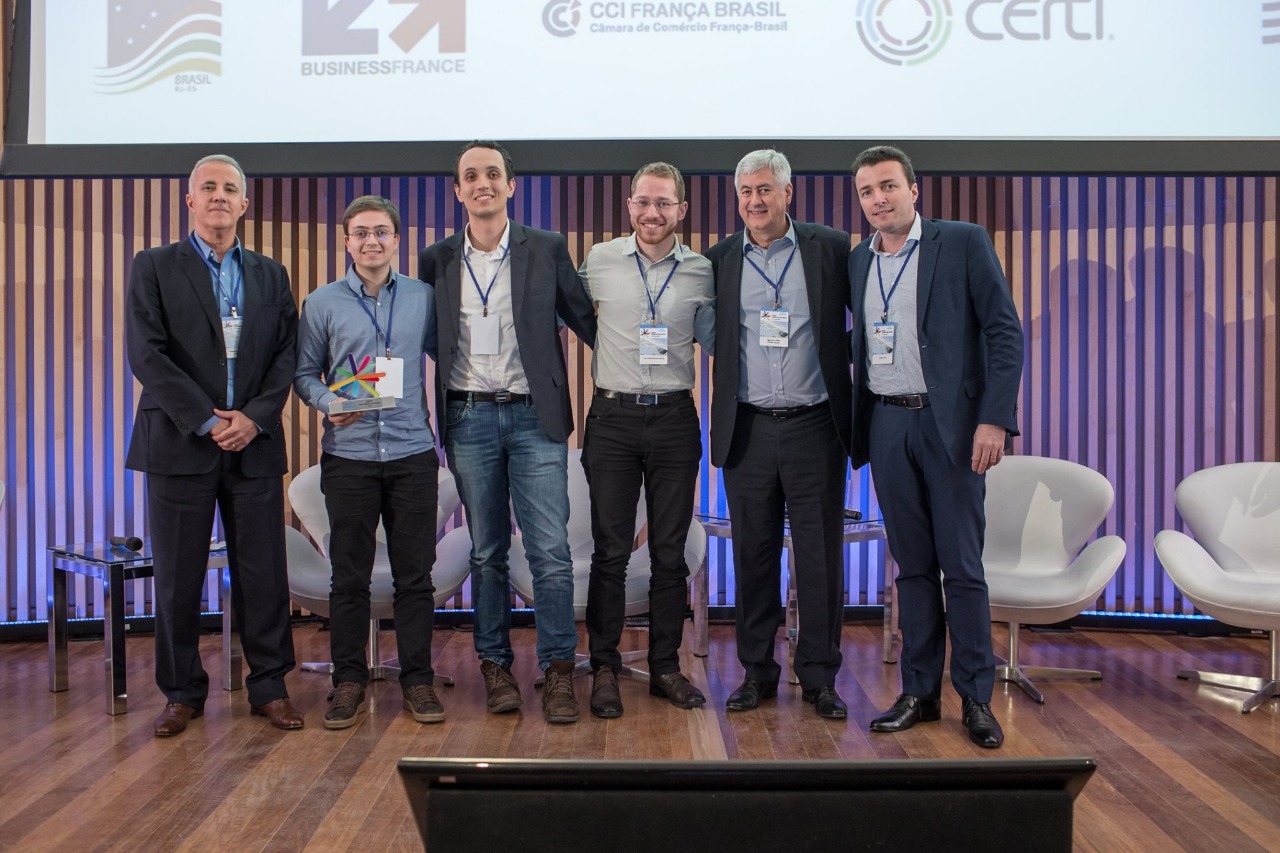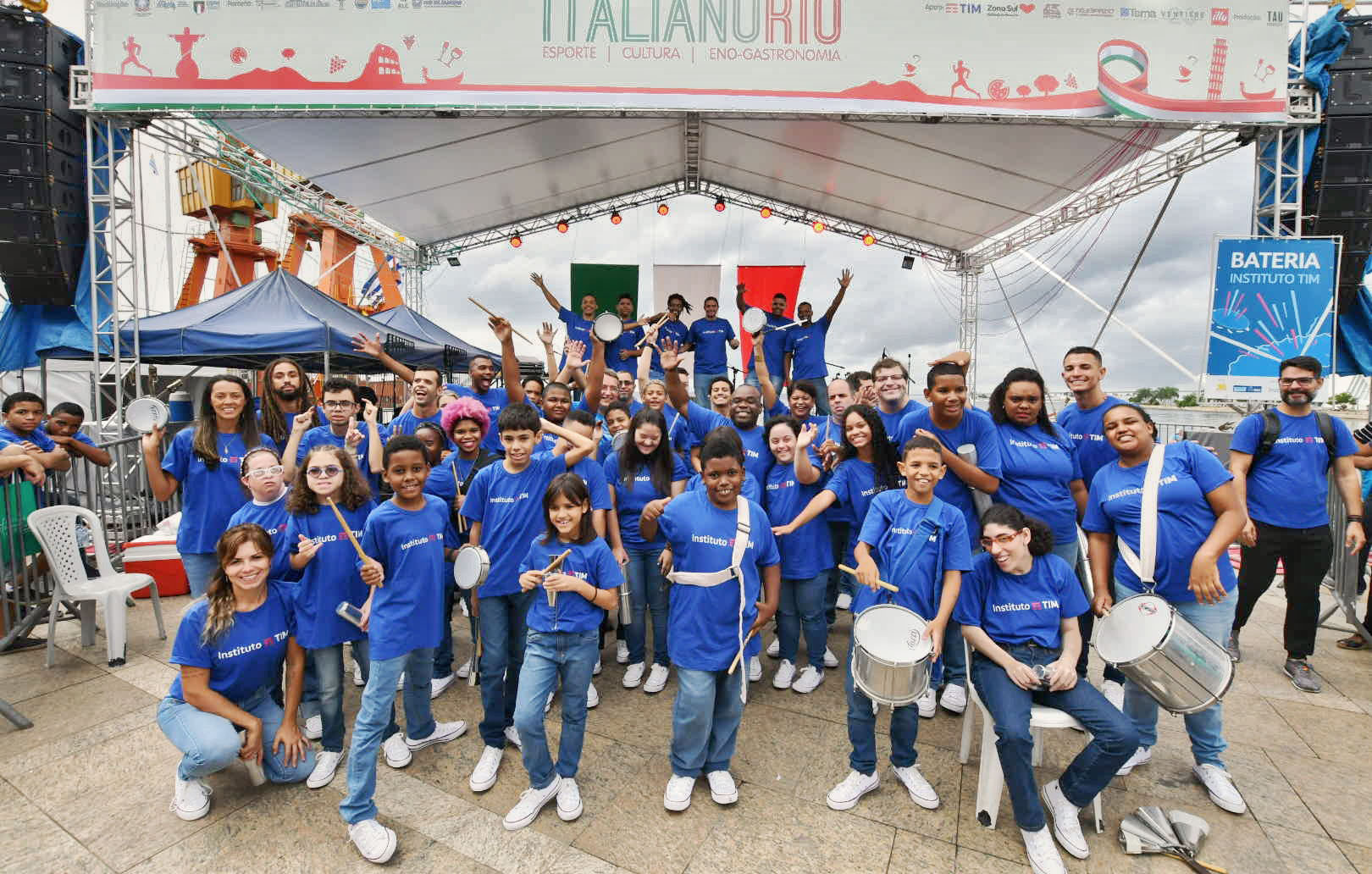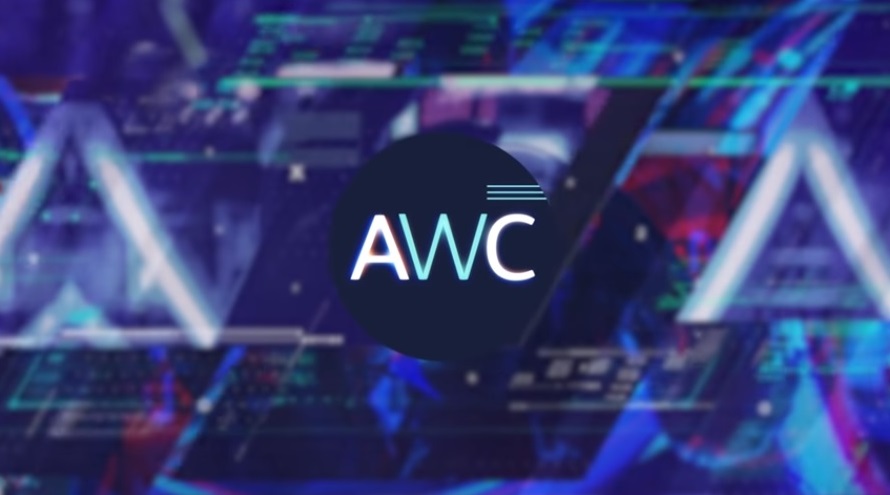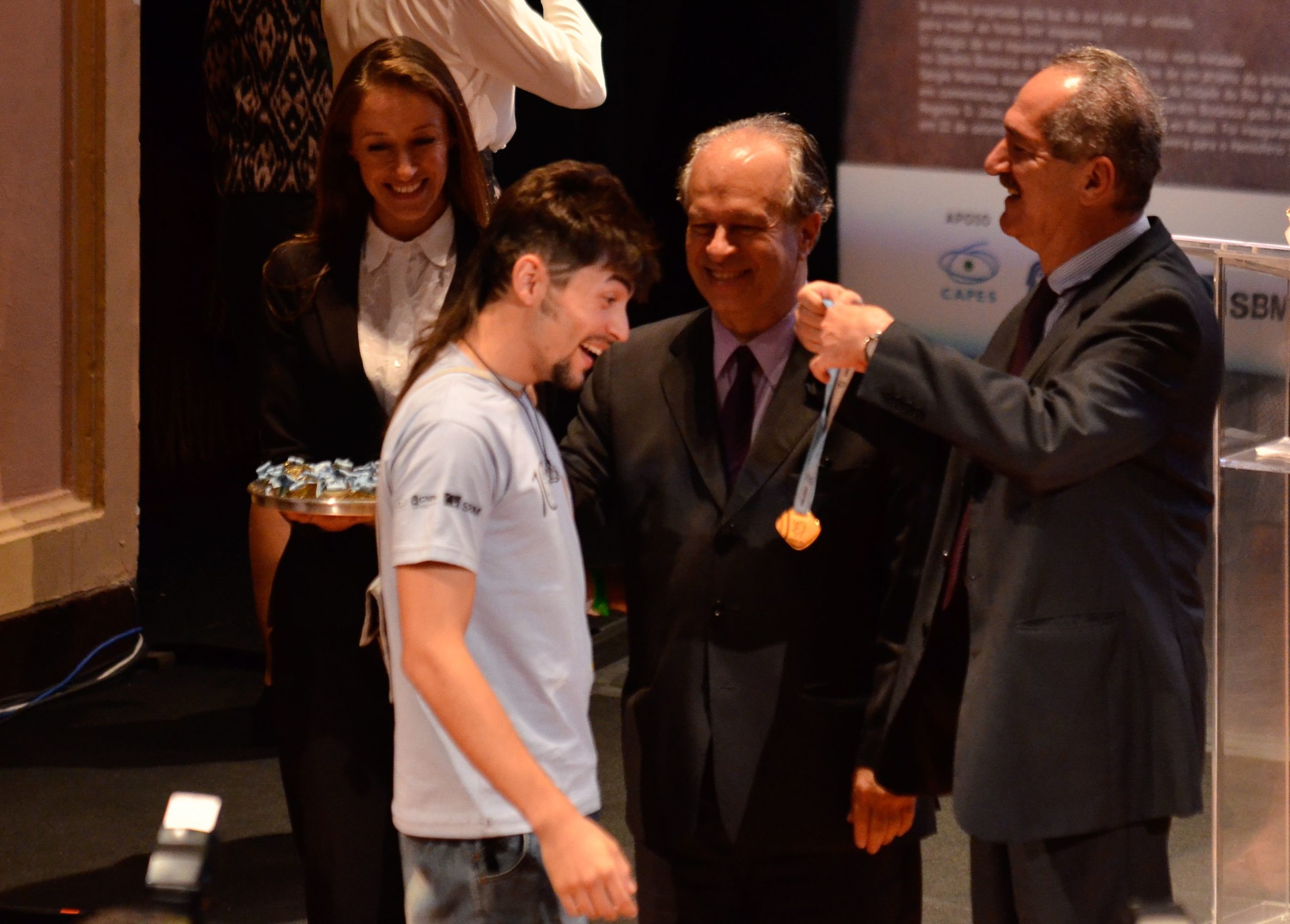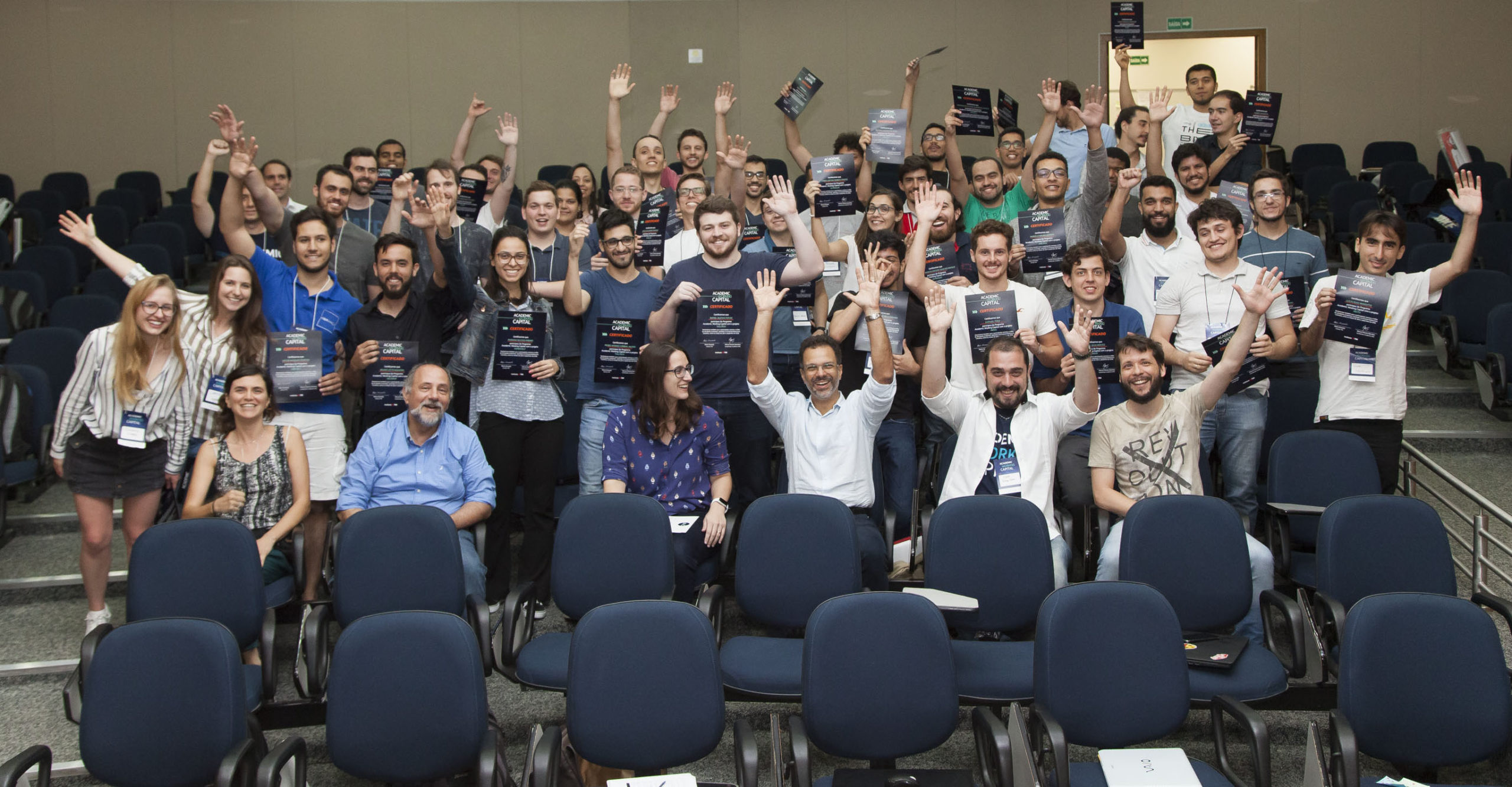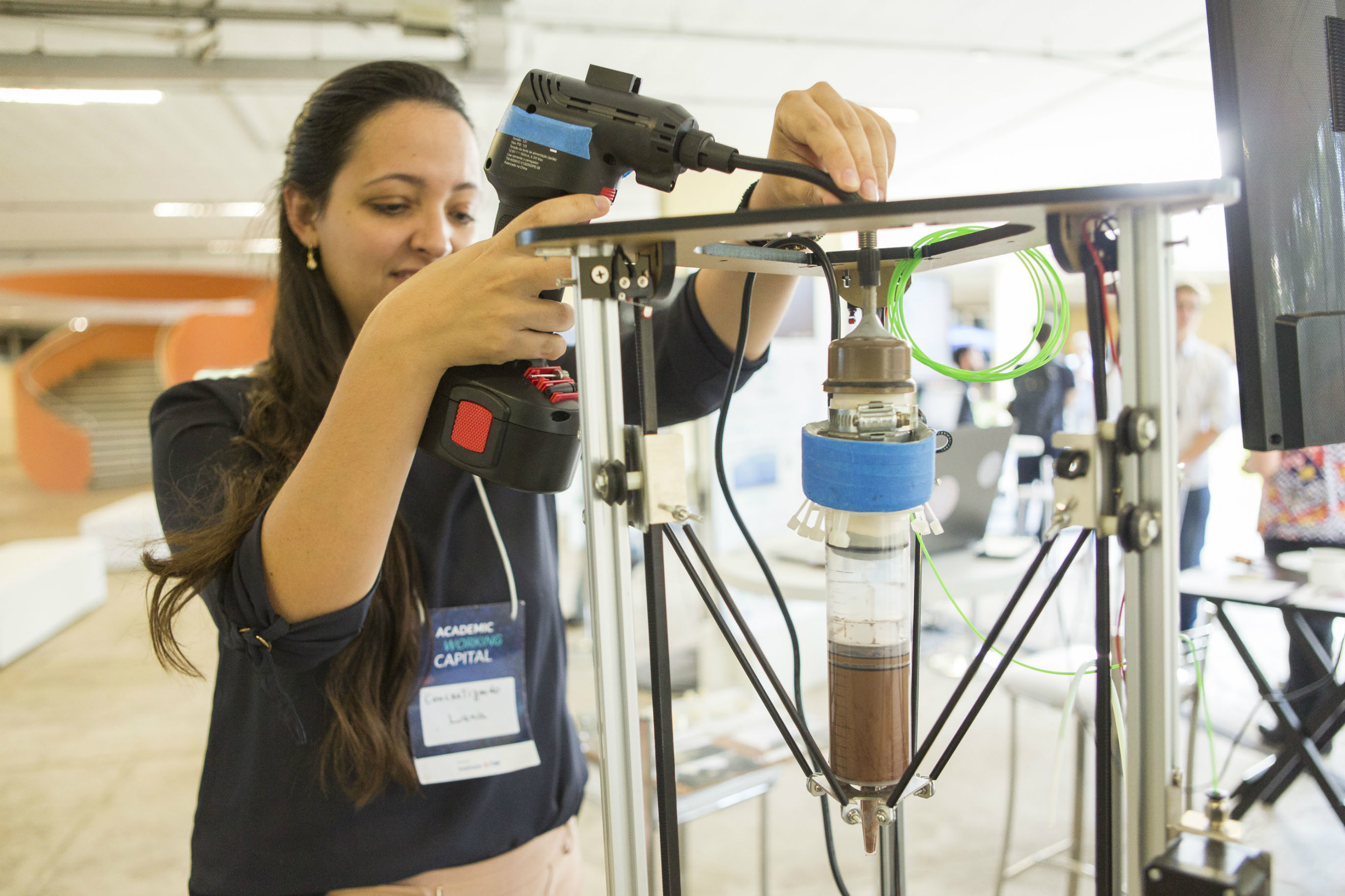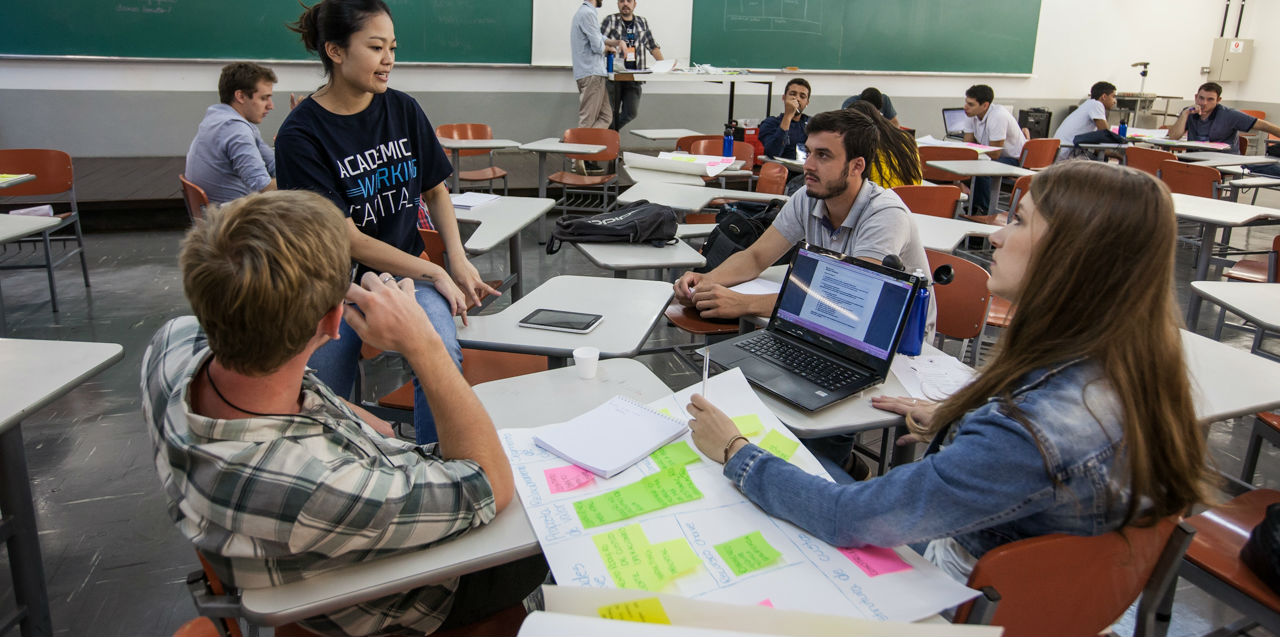
On the second day of Workshop I held by the Academic Working Capital program in 2016, participants discussed the importance of understanding one’s users. The first panel on January 19 was conducted by Miguel Chaves, a partner at innovation and design consulting firm CAOS Focado. He talked about elements of the Design Thinking method which are essential for startups. “When you understand how users behave, they open up much more to the solution,” he said. Miguel also explained the CSD Matrix, a Design Thinking tool that brings together the certainties, assumptions, and questions about a product.
Ad exec André Dib de Seixas, one of the AWC monitors, coached the students on how to chart the user journey, a method that helps us understand the product’s importance in users’ everyday lives. “The cool thing about this effort is to understand that journey from the time users are unaware your product exists all the way to the point they tell their friends about their experience with your product,” he highlighted. It is vital to interact with users in this process, interview them and observe their habits and behaviors so you can later on systematize the information in a visual and uncomplicated manner.
Read about the first day of Workshop I
After putting together all hypotheses about the product and the business model, there comes the time to test them via an MVP (Minimum Viable Product). That was the focus of the third panel, in which AWC content coordinator Diogo Dutra showed examples of MVPs made by large companies. The idea is for the MVP to present the product’s value proposal with a minimum of features to generate the first feedbacks. “The MVP allows us to understand the characteristics of not only the product but of the business as well. You learn a lot about usability issues, how much you are going to spend, how much people are willing to pay, and other things,” Diogo said.
All of the concepts explained by the panels were put in practice by the groups later on that day. They created a CSD Matrix, came up with the first contacts that could help them answer questions and handle assumptions, and thought about the approach they are going to take. Additionally, they began charting their user journey and planning their MVP. At the end of the day, the four clusters met with the monitors to discuss the groups’ ideas.

